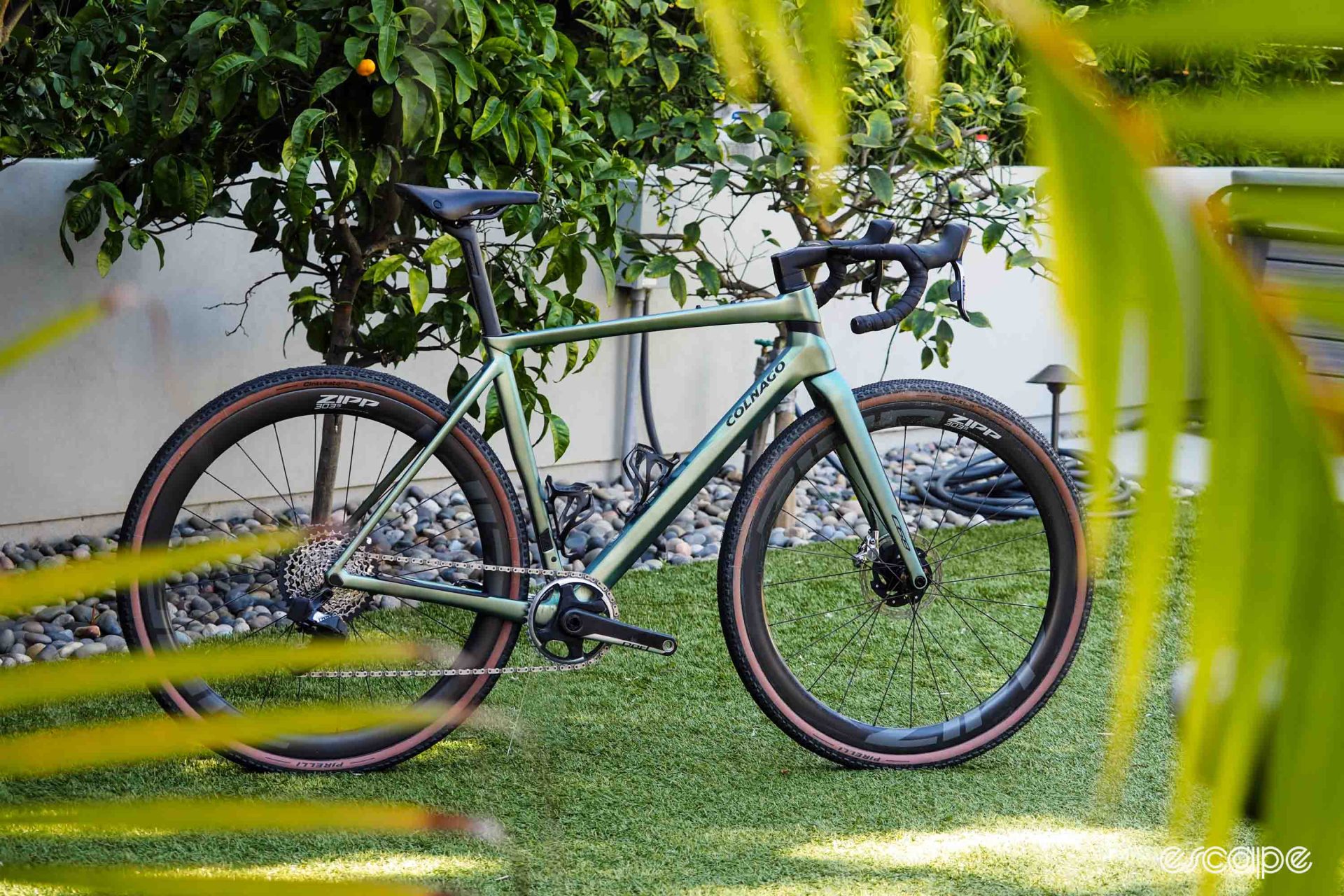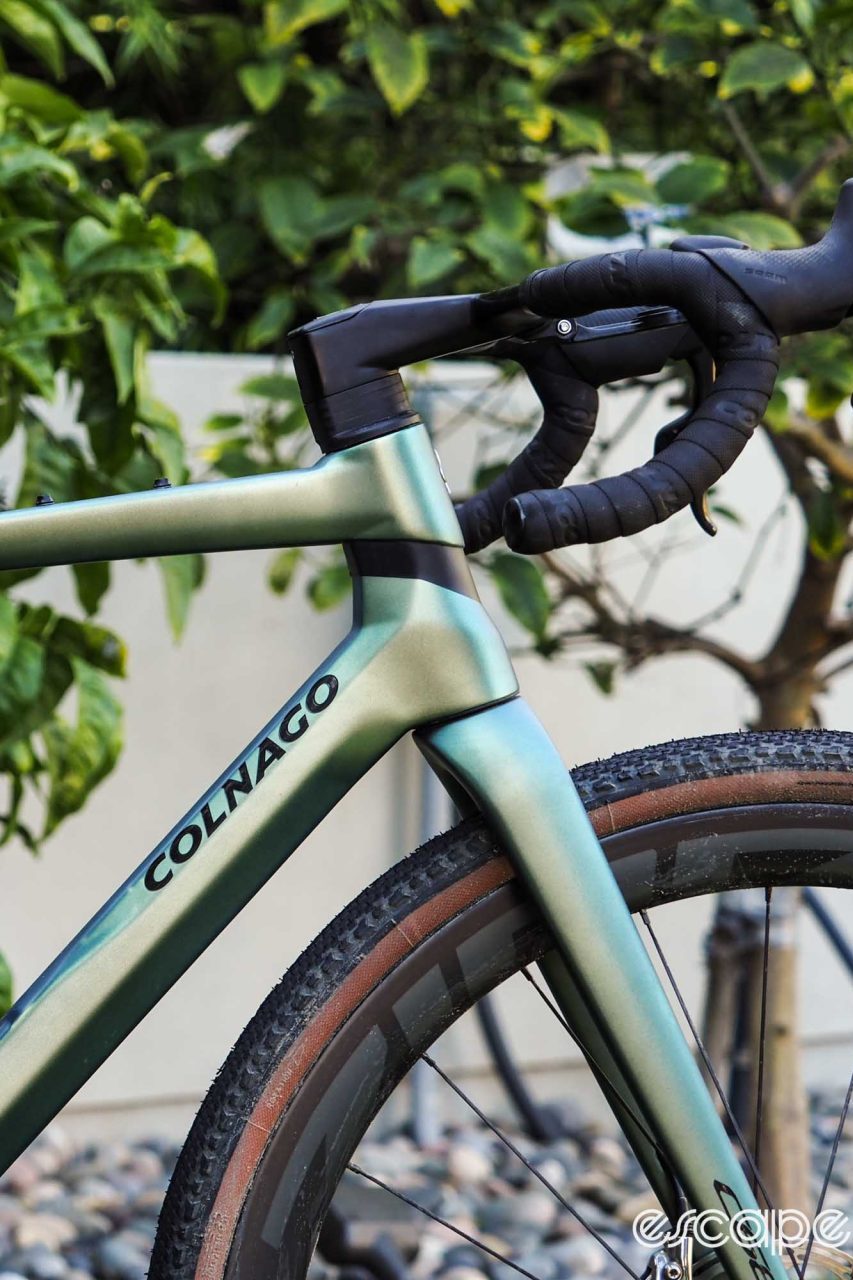Colnago is unquestionably an iconic Italian cycling brand: one of the most highly revered, with one of the richest histories, one of the most recognizable names, and some of the biggest victories in the sport – but also a long period of flat sales as Italian rival Pinarello boomed during the Team Sky days. Things have apparently turned around since the brand was sold to a UAE-based investment group in 2020, and the new C68 Gravel is the latest fruit of recent labors.
But while the bike itself seems to be excellent in its own right, what’s arguably more interesting is what the C68 Gravel reveals about the direction of the revitalized Colnago brand as a whole.
TL;DR version: not everyone is going to be happy with it.
The newest C
Colnago’s streamlined range of drop-bar bikes can essentially be boiled down to two families: the C and the V.
The V-series bikes are Colnago’s competition-focused machines, all made in Asia using conventional modular monocoque construction techniques, and all designed with traditional performance-minded metrics such as low weight, high stiffness, aerodynamic efficiency, and quick handling. Workhorses. Sitting atop that family is the V4Rs favored by Tadej Pogačar and the rest of the UAE Team Emirates squad, and safe to say he’s done just fine with it.
But the C? Those are meant to be the crown jewels of the brand.
In contrast to the V-series bikes, every C is fully manufactured in Italy using a more unusual lugged construction. While the now-obsolete C64 essentially mimicked the layout of old-school steel frames with straight carbon fiber tubes connected with separate lugs at each intersection, the newer C68 models feature a more novel multi-piece layout comprising six separate frame sections: the down tube and head tube; the top tube and head tube lug; the seat tube lug; the seat tube and bottom bracket shell; and each side of the rear stays. Despite all that investment in the multi-piece configuration, Colnago isn’t making a big deal about it visually. In fact, most of the joints on the C68 are so flush with the adjoining frame sections that you’d never even know they were there at all.

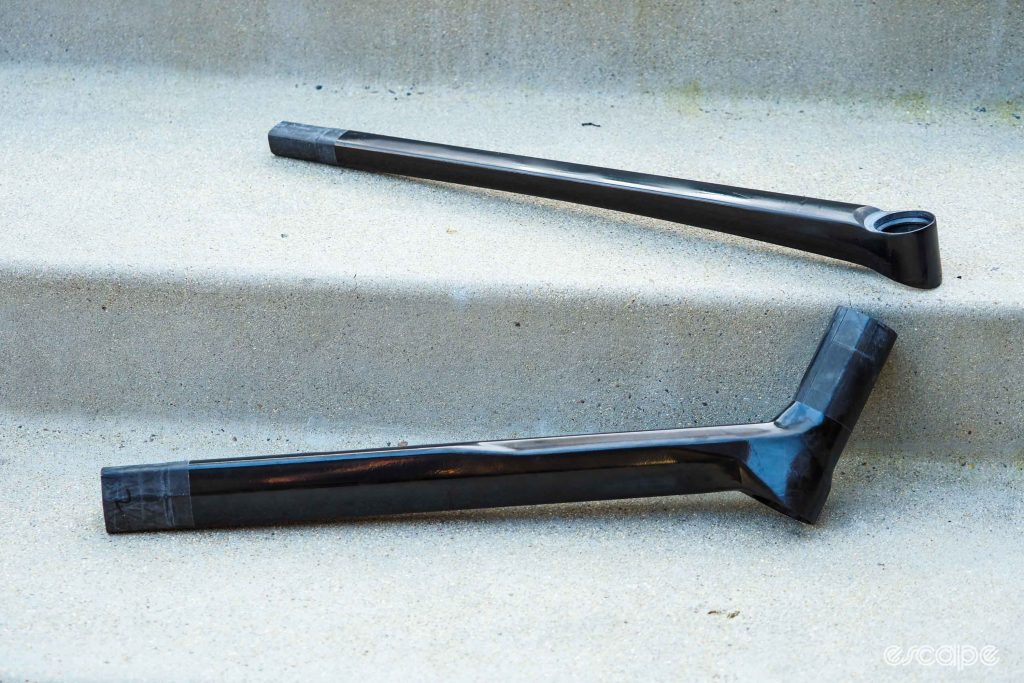

According to Colnago, the point of the C-series’ multi-piece construction isn’t aesthetics or tradition. Instead, the company claims the smaller frame sections can be made more consistently – and inspected more thoroughly – than bigger ones, there’s supposedly more flexibility in terms of tuning the ride quality and geometry, and the multi-piece layout also allows for more creativity in the visual design. It’s more about craftsmanship than bench test stiffness figures or wind tunnel results.
While the new C68 Gravel shares its basic construction layout and design theme with the existing C68 Road and C68 Allroad, a number of key features have been tweaked for that style of riding.
First and foremost, the maximum tire size is increased to 700×42 mm out back and 700×45 mm up front, as compared to 32 mm for the C68 Road and 35 mm for the C68 Allroad. Fit and handling in each of the five available sizes are adjusted as well, with a consistent 70.5° head tube angle and 74 mm trail dimension across the board. Stack heights are also 16-23 mm higher than the C68 Road, depending on size, while the changes in reach are more modest at just 0-9 mm (combined with shorter stems to yield a shorter total effective reach). More significant are the 14-35 mm increases in front center that place the front wheel further out in front of the rider for more stability in steeply downhill or loose terrain, while the chainstays are stretched to 425 mm-long.
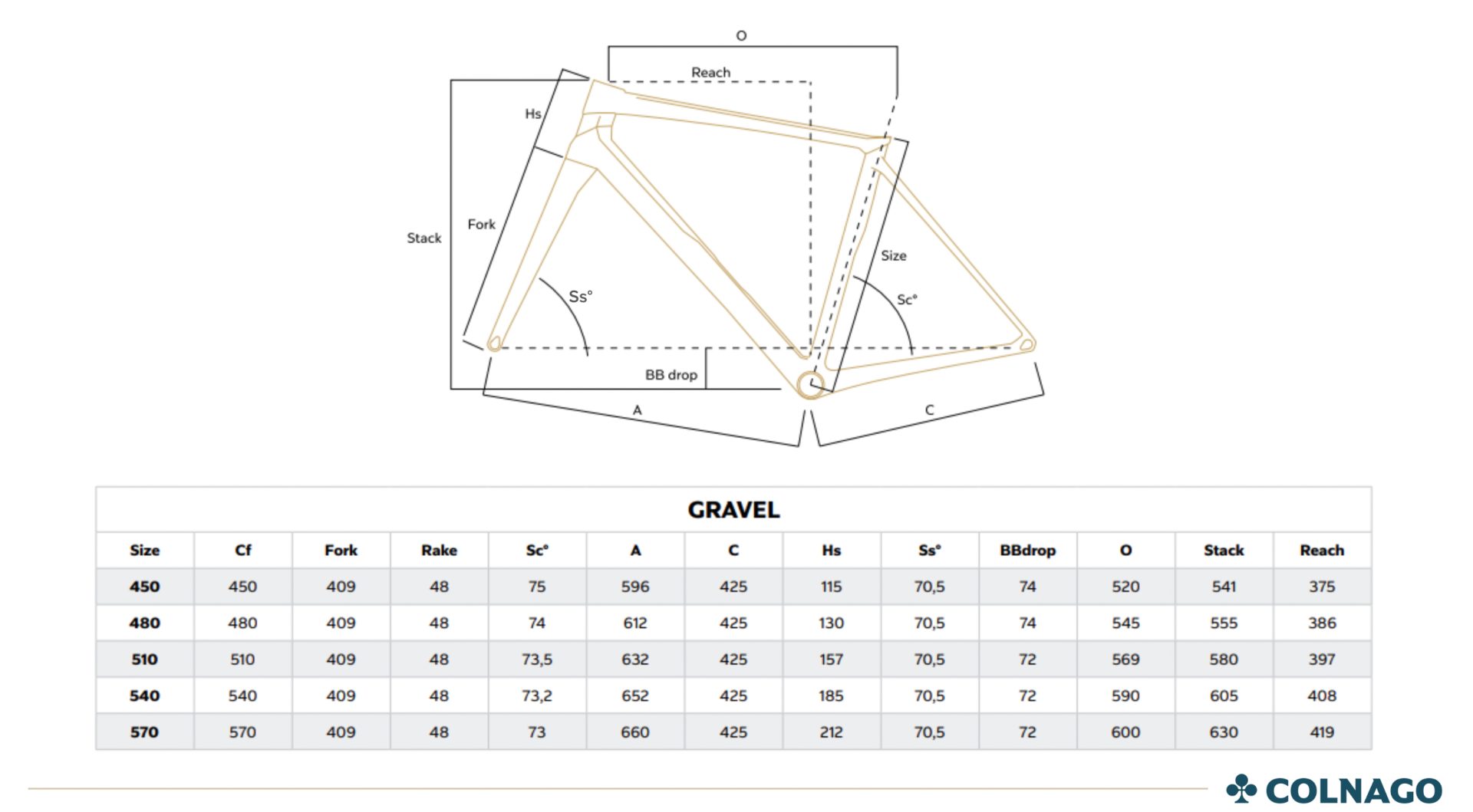
Readers paying close attention to trends in gravel bike geometry will note that none of this pushes the envelope in terms of progression, but then again, Colnago wasn’t trying to. As compared to its more road-focused C68 cousins, the C68 Gravel is intended to tackle rougher unpaved roads and even some modest single track, but it’s still meant to be an agile and tossable bike that’s fun to ride, and not some extreme long-low-and-slack sled that arguably rides you – not that either is bad per se, but to each their own.
Other notable features include the same D-shaped proprietary carbon fiber seatpost as on other C68 models, a wide-format T47 threaded bottom bracket shell, two bottle mounts in the usual locations, and top tube mounts for a feed bag. There’s no third bottle mount underneath the down tube nor front or rear fender mounts. This is a gravel machine for fast leisure rides, after all, not something meant for overnighters or ultra-endurance events like Unbound XL. Need more water or fuel? That’s what convenience stores and Apple Pay is for.
Claimed frame weight is 1,150 g for a painted 480 mm (roughly medium) C68 Gravel frame with paint and small parts (rear derailleur hanger, seatpost wedge, etc.), plus another 480 g for an uncut, painted fork.
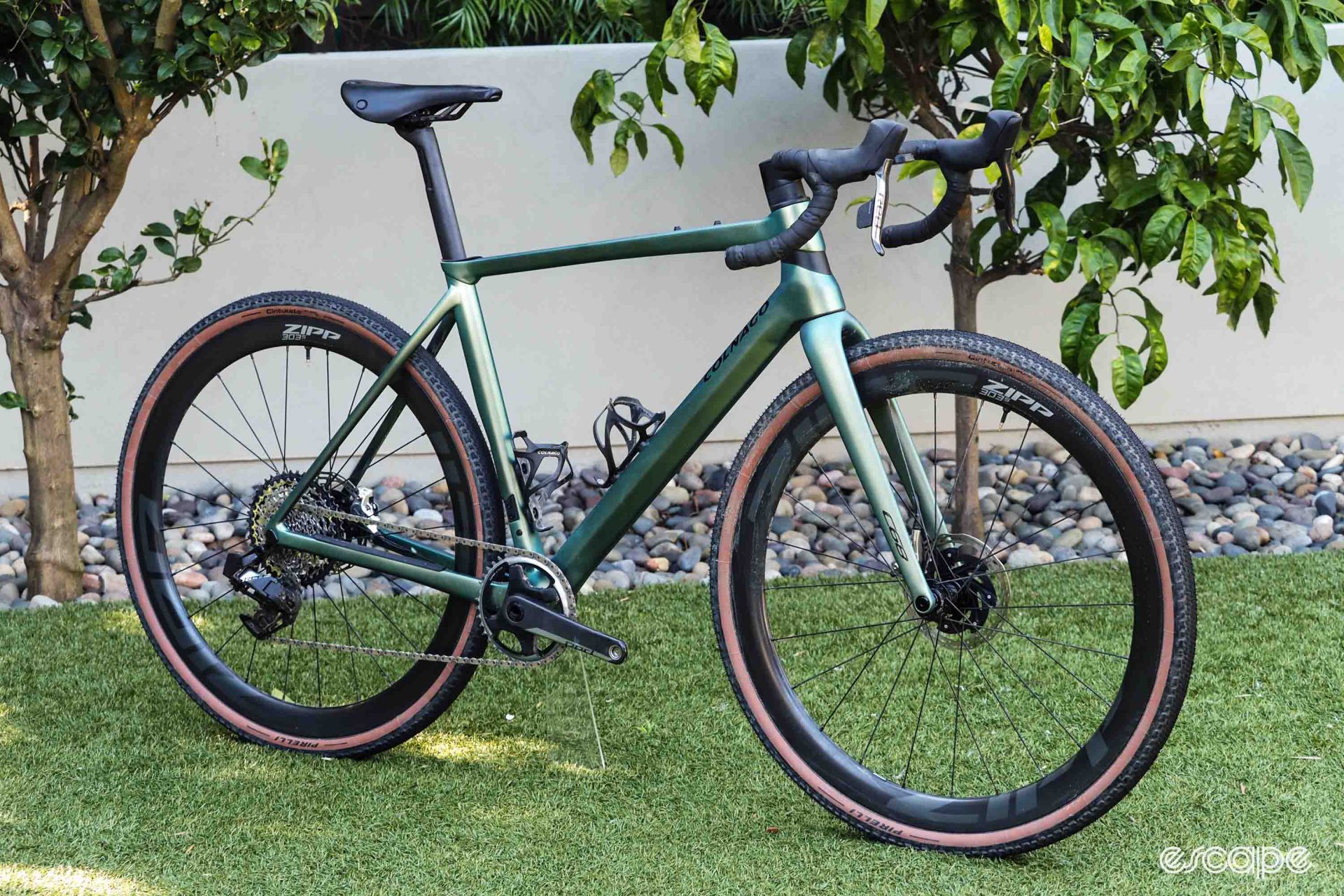
Cabling is – of course – not only fully hidden, but also fully internal, running through the interior of the new CC.01 Wide flared one-piece integrated carbon fiber handlebar and stem before taking a downward turn through the oversized CeramicSpeed SLT solid-lubricant upper headset bearing and into the frame. Despite the internal cabling, Colnago still approves the C68 Gravel for use with mechanical drivetrains, but only with a single chainring. And interestingly, even though Colnago and Campagnolo go together like peanut butter and jelly, the one complete build offered with mechanical shifting is equipped with Shimano.
Taken in total, what Colnago is promising here is the same level of fit, finish, and desirability of the C68 Road, but with more toned-down handling and fit, a more compliant ride, and a lot more versatility in terms of what you can tackle on it.
An unexpected gravel paradise
As it turns out, that’s not just lip service.
Granted, I only have two days of riding the new C68 Gravel to speak from, but it was seven hours in total on terrain that even Colnago’s head of R&D, Davide Fumagalli, admitted was much more demanding than what most C68 Gravel owners will subject their precious steeds to (San Diego, California shocked me with the quality of gravel riding on tap there, FYI). There was some tarmac and reasonably well graded unpaved surfaces in the mix as well, but overall, it was definitely underbiking at its finest.
Colnago’s fleet of demo samples probably looked a little worse for wear after hosting a rotating flock of tech editors for a week, but I was genuinely surprised at how well Colnago had done its homework here.
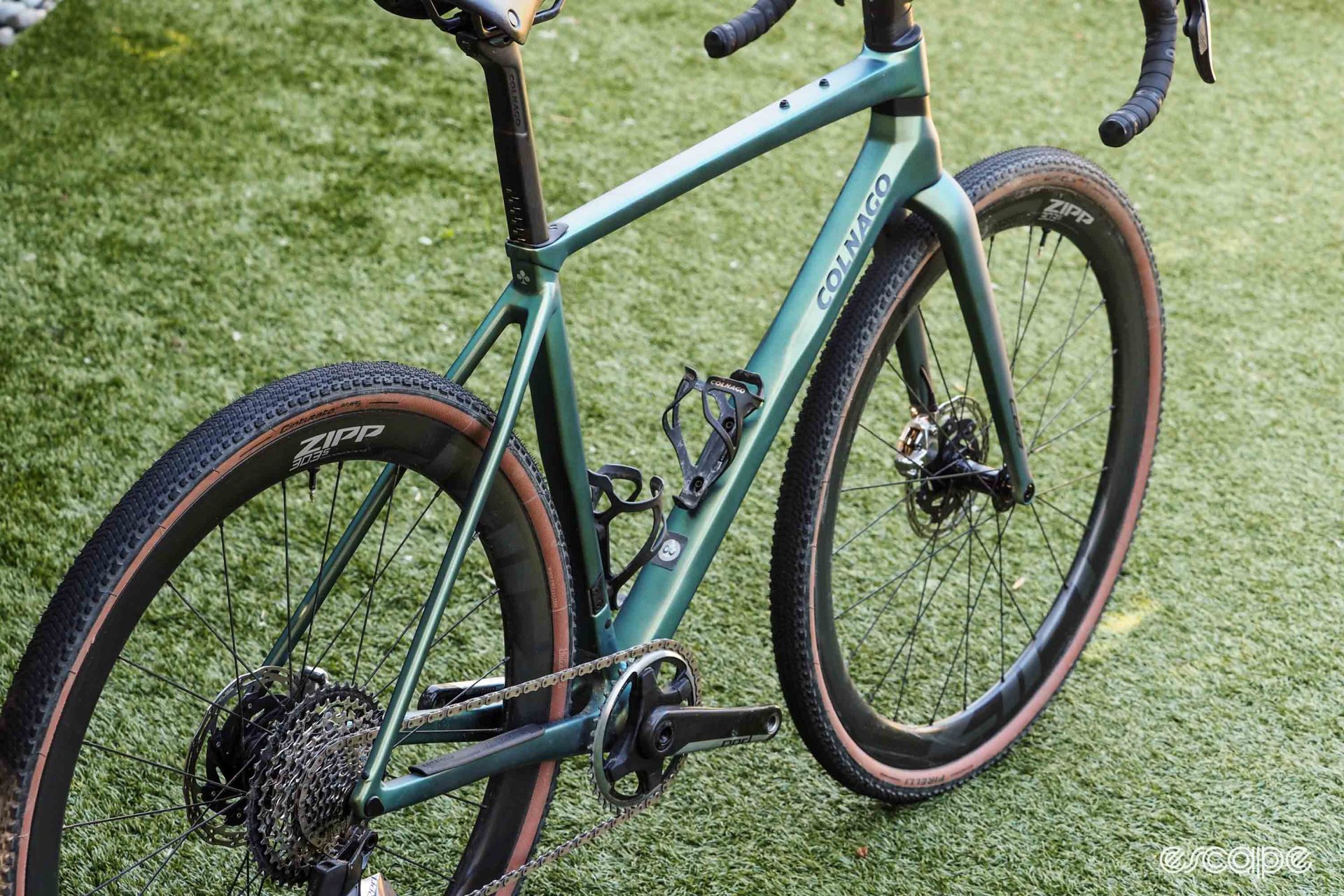
The ride quality of the C68 Gravel strays further toward the firmer end of the comfort spectrum in my opinion, and there wasn’t much give in that stout carbon seatpost to speak of – nor did the relatively minimal amount of seatpost extension with the nearly-level top tube help, either. But it’s also not a particularly harsh ride, and the upside of that firmness is an overt sense of eagerness under power and responsive handling. The C68 Gravel is quick to accelerate whether seated or standing, and the playful geometry is just as happy taking inputs from the bars or hips to carve or slide through a corner as the situation demands – almost more like a good cyclocross bike in that respect.
Could the tire clearance be better? Definitely. Would I like to see a broader range of sizes with smaller jumps, particularly from a brand like Colnago? No question. Would it be nice if it were a little lighter? Well yeah, obviously. But at the end of the day, the overall impression I left with was that the C68 Gravel was a far more “legit” gravel bike than I had expected from a boutique brand like Colnago: pretty to look at and easy to admire, yes, but also happy to get down and dirty.
I also felt more than a little guilty, because while I was generally pleased with my initial taste of the C68 Gravel, I could never forget how expensive the thing was.
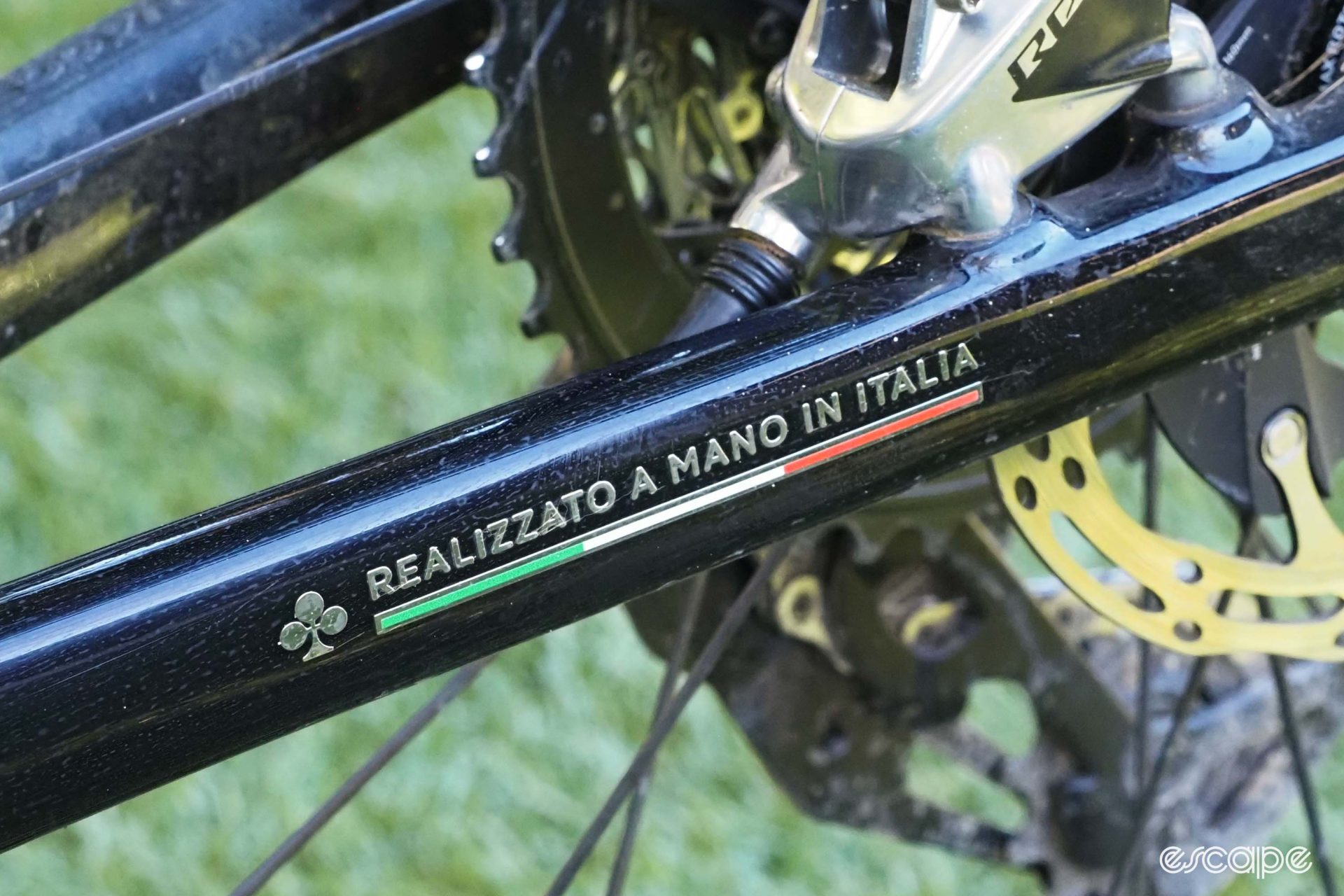
The “base” model is US$8,000 / £6,900 / €7,250 with Shimano’s new GRX RX822 1×12 mechanical groupset and Fulcrum Rapid Red 900 aluminum tubeless-compatible clincher wheels. For US$9,600 / £8,100 / €8,690, you get an upgrade to a SRAM Force XPLR 1×12 wireless electronic groupset and Fulcrum Rapid Red 500 wheels (yep, still aluminum wheels for almost US$10k). Sitting at the top of the range is the flagship model for US$13,200 / £11,100 / €12,010 with a SRAM Red XPLR 1×12 wireless electronic groupset and Zipp 303S wheels – carbon rims at last, but even then, it’s the second-tier version of the 303, not the higher-end Firecrest.
Want to go the DIY route? That’ll be US$7,100 / £5,270 / €5,935 for the frameset “module”, which includes the frame, fork, headset, seatpost, and CC.01 Wide cockpit.
To be fair, the price of that flagship model isn’t all that far off from what you find these days from mainstream models with less cachet – and certainly not with those coveted “realizzato a mano in Italia” words on the frame. For example, a Specialized S-Works Crux is hot on the Colnago C68 Gravel’s heels at US$12,250 / £11,500 / €11,500, but it’s also a lot lighter with a better spec and a ton more tire clearance. Details, details. But US$8,000 / £6,900 / €7,250 for a bike with mechanical shifting and cheap OEM-only aluminum wheels? Needless to say, the value argument isn’t especially strong here.
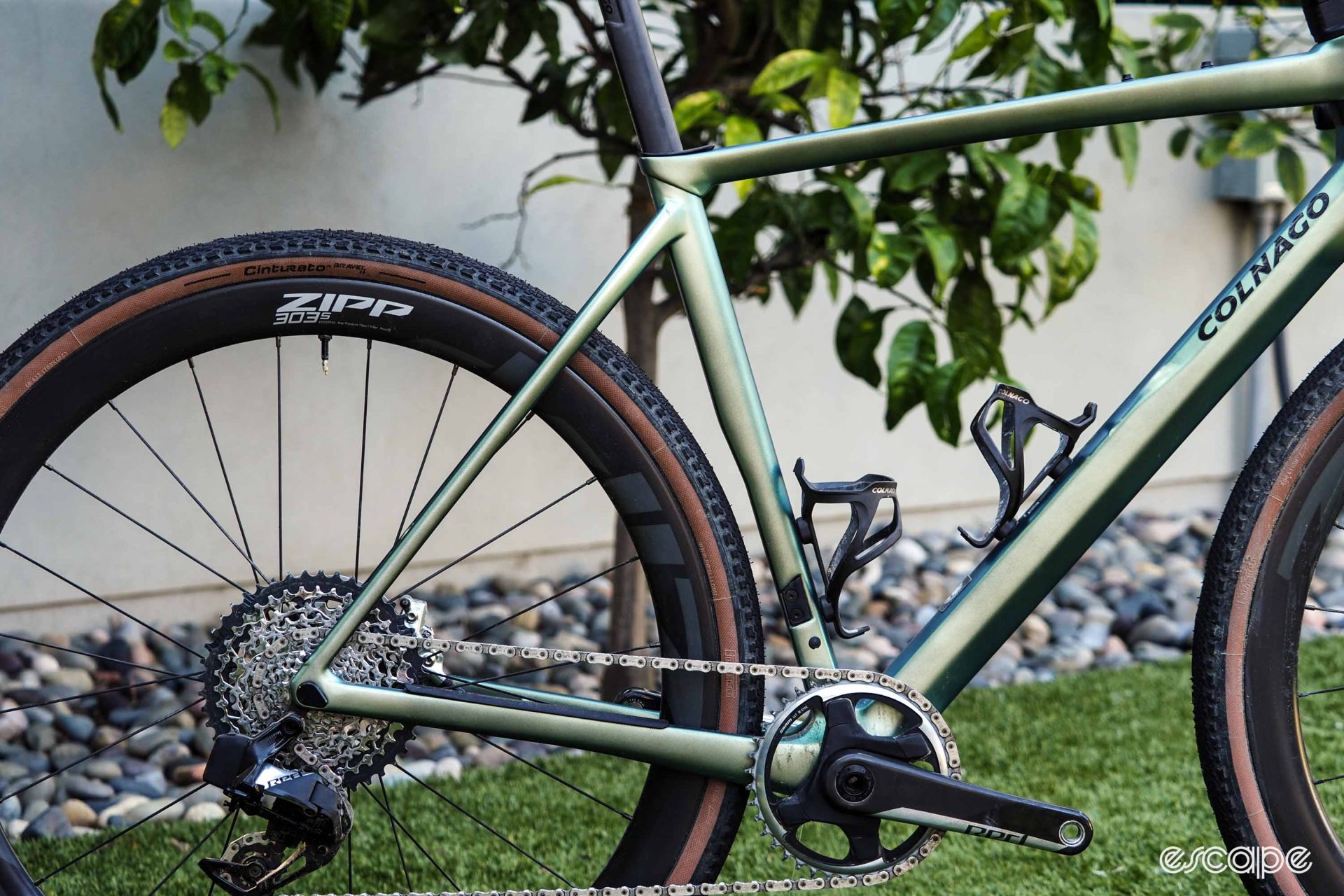
That all said, Colnago is hardly unaware that the C68 Gravel costs more than similar bikes from mainstream brands. As Colnago’s upper management would like to remind you, those other bikes are missing the Italian brand’s “magic.” If that notion – and these prices – seems patently ridiculous to you, that’s just fine with Colnago. The reality is that Colnago has made the conscious decision to focus on the ultra-premium, high-end luxury market, and as much as it pains me to say this, I don’t think that’s the wrong decision.
A sharpened focus that probably doesn’t include you
Back in the mid-2000s, Pinarello was arguably Colnago’s closest competitor – another legacy Italian brand with a long and storied history, a range of very good-but-maybe-not-quite-superb bikes, and sales figures that would probably barely register as a blip on the radars of gargantuan global brands like Trek, Specialized, and Giant.
But then came Team Sky, which Pinarello has sponsored since its outset in 2009, and along with the team’s wins on the road came skyrocketing increases in visibility and sales for Pinarello. Suddenly, anyone and everyone with sufficiently deep pockets was sporting wiggly fork legs and oddly asymmetrical frames, and although the idea of stratospheric price tags for carbon frames mass-produced in China might seem patently insane to the logically minded, there were nevertheless people lining up out the door for the privilege of parting with their money. With every successive Tour de France victory, Fausto Pinarello was laughing all the way to the bank.
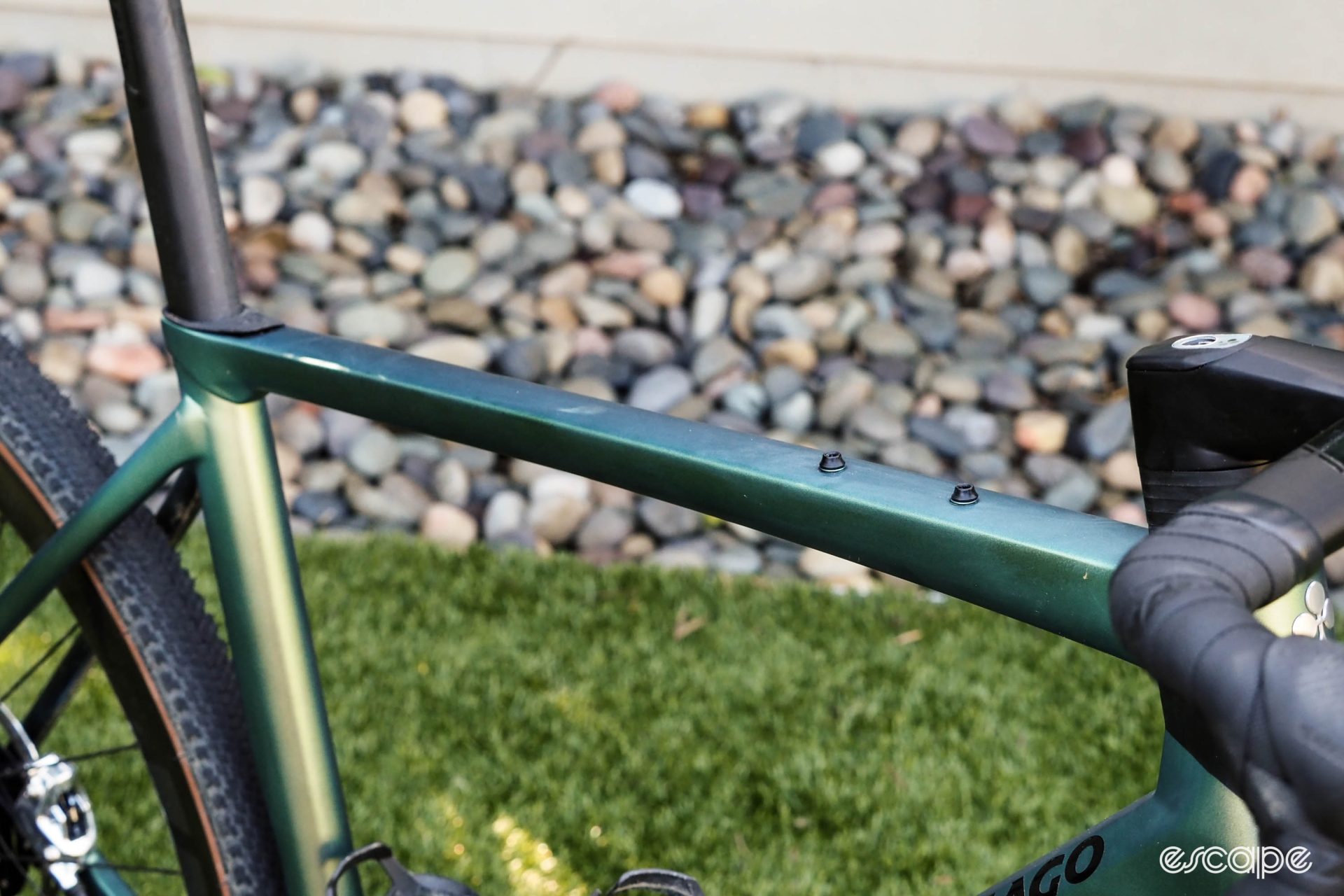
Meanwhile, Colnago remained financially healthy overall, but even the company admits that revenues were pretty flat. It’s not that Colnago was doing anything wrong, but things also weren’t moving in an overly positive direction, either. A partnership with Giant in the mid-2000s to manufacture a range of more mainstream Colnago-designed carbon fiber road frames was intended to be a launchpad toward broader appeal in the marketplace, but it received a lukewarm response from fans who were suddenly questioning the Italian brand’s future.
I recall one year during this period staring agape at Pinarello’s positively massive multi-storey display inside the Italy-centric hall at the Eurobike trade show. Bikes under spotlight two and three stories up. It was like someone tasked a designer to figure out how to embody “envy” in the form of a trade show booth. Sitting catty corner was Colnago’s comparably pedestrian display: a modest assortment of bikes on stands scattered at ground level under somewhat less-than-flattering lighting. The bikes were beautiful as always, but in comparison, the presentation left an impression – and probably not the one Colnago was hoping for.
At that point, Colnago had won two Tours themselves, but it was decades prior and with “Eddy Merckx” painted on the down tube. Only a small club icon on the fork clued in those in the know, but as far as the official record books were concerned, the official total was zero. That had to sting, particularly for a brand that put so much emphasis on racing.
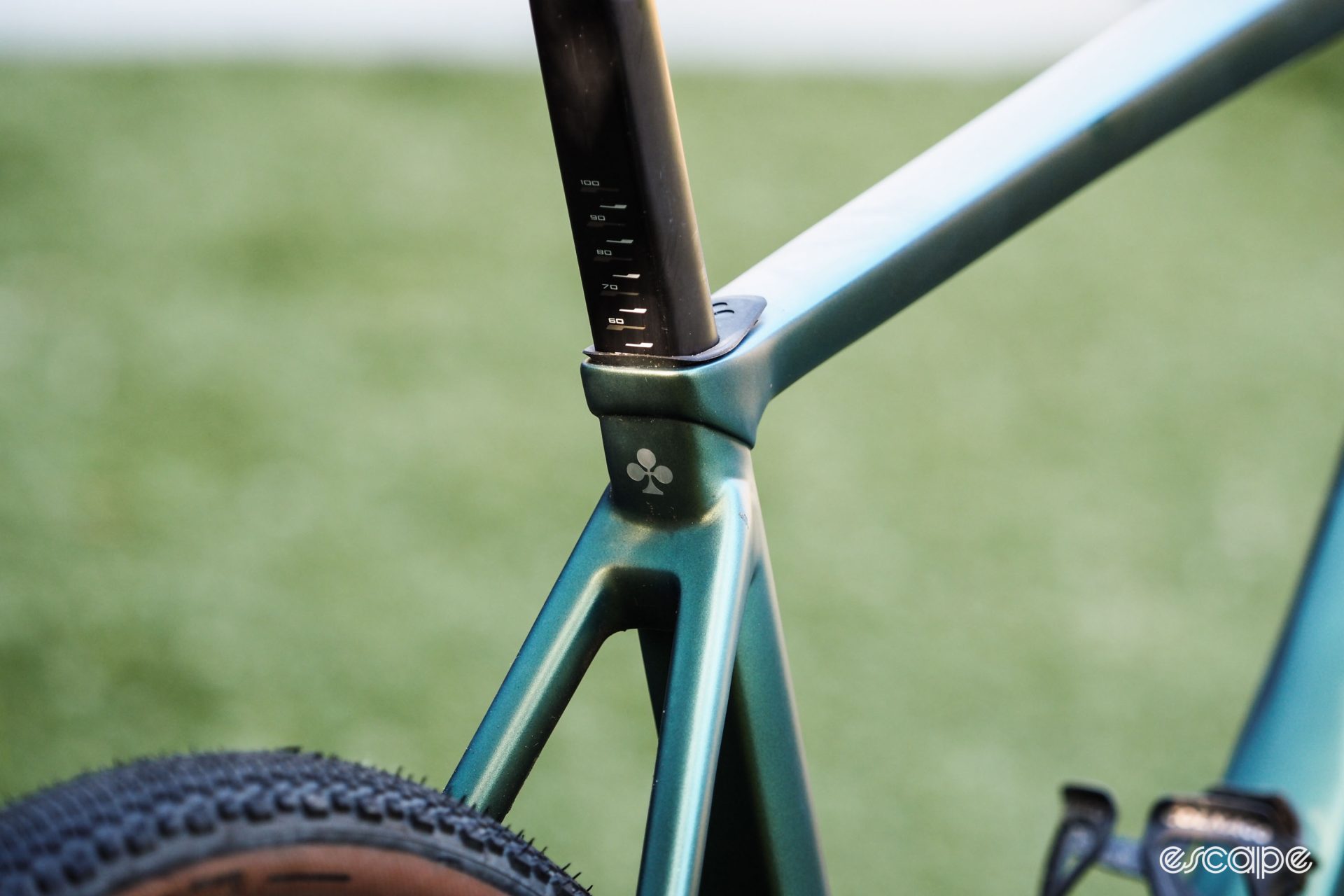
In a move that surprised many, Ernesto Colnago sold his eponymous company in 2020 for an unknown sum to an investment group based in the UAE (Pinarello, at that point, had already been sold to the parent company of Louis Vuitton). Not surprisingly, many figured this would be the death knell for the brand that had occupied such a storied place in cycling history, yet another prestigious marque destined to have its brand equity milked to the last drop by its new owners before turning around and re-selling it to the next highest bidder.
But four years later, that scenario couldn’t be further from the truth.
According to Colnago, annual revenue has tripled since the purchase, from €17m to €55 – notably, without any massive expansion in the range. And despite fears of Colnago losing its Italian identity, more than half of the company’s production still happens in the same factory in Cambiago, Italy, that it’s operated out of for decades.
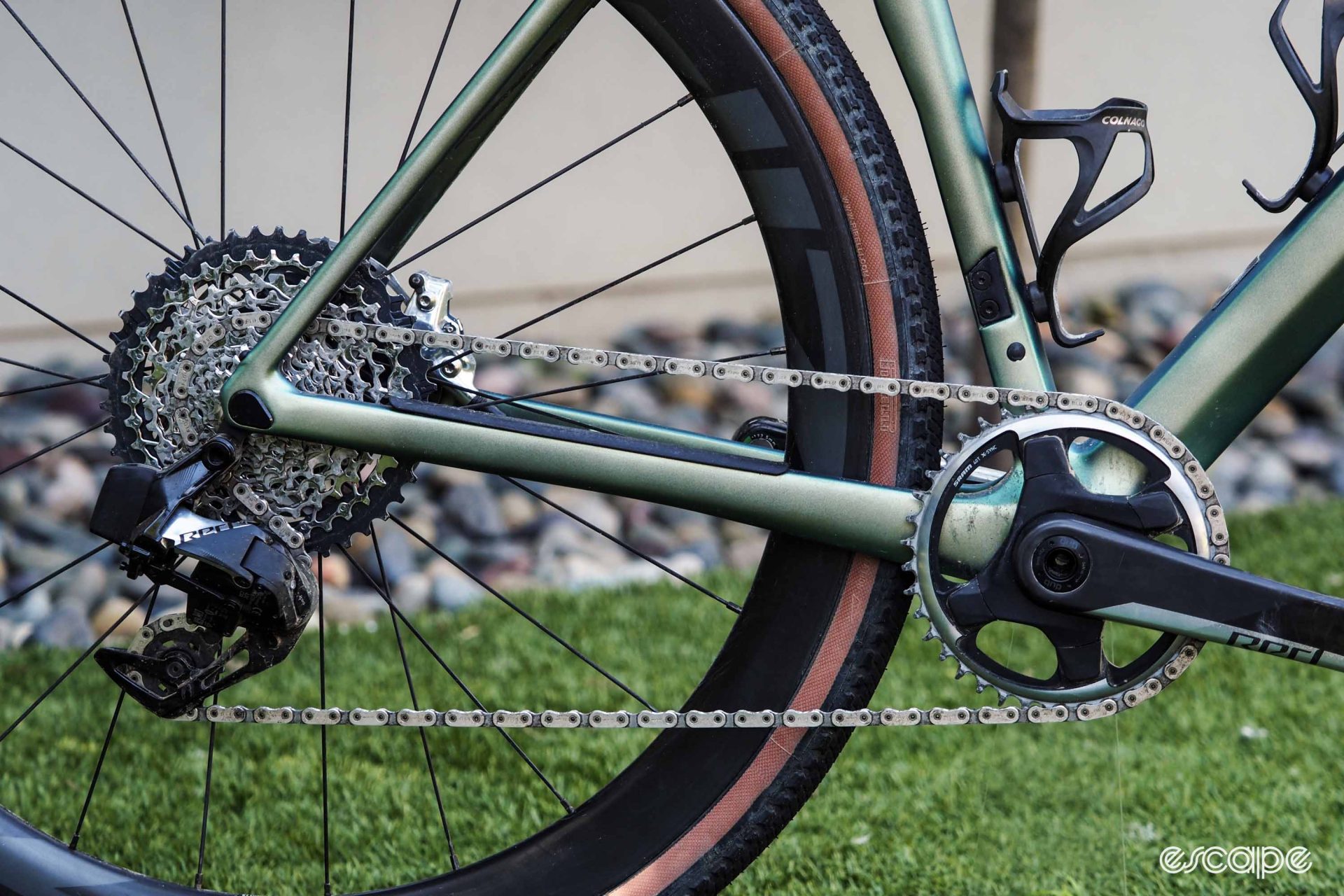
In short, Colnago is on a roll, but unfortunately for those who have been hoping the brand might expand its target market, it’s instead moving in the opposite direction.
“You can see these amazing market with these amazing brands, some of them really unbeatable,” said Colnago CEO Nicola Rosin, referring to some of the bigger mainstream brands in the industry: Trek, Specialized, Giant, and so on. “I mean, they are in every bicycle segment, in terms of, you know, disciplines, they are at every price point. So you are Colnago, how can you distinguish yourself? How [can] you be unique? So, I think that in that scenario, the best chance was to really be a niche brand in a very, very specific position. So, we are drop-bar, high-end, while many of the companies that I respect so much, they are in almost every bicycle discipline, and they are in various price points. I think for Colnago, that was the best option, because we want to be true. We do what we know.
“Our mission is really to become the most desirable brand in cycling.”

That word – “desirability” – is key, and it carries with it some big connotations. Things that are “desirable” usually aren’t very easy to come by. They’re not widely available. They’re not inexpensive. There’s an implied level of exclusivity, and certainly more than a suggestion of very high cost.
An Aston Martin DB12? Desirable. A Kia Rio? Maybe not so much. Both will get you where you want to go – and the Kia will even hold more – but in terms of lustworthiness, boring things like practicality and value get tossed out the window.
Colnago obviously could have embarked on a strategy to dramatically expand its market with a larger range of more attainable machines, by leveraging the brand equity to grow by virtue of volume. More Colnagos in the hands of more riders. More units. But the unfortunate reality of today’s society is that, in nearly every developed nation, the people who already had a lot of money a few years ago have way more of it now, while those in the middle have stayed stagnant, and worse yet, those at the bottom are even worse off than they’ve ever been.
Say what you will about the ills of income equality, but looking at it strictly from a business perspective, you can hardly blame Colnago for going after the segment of the population that – at least right now – seems to have the most stable and plentiful incomes.
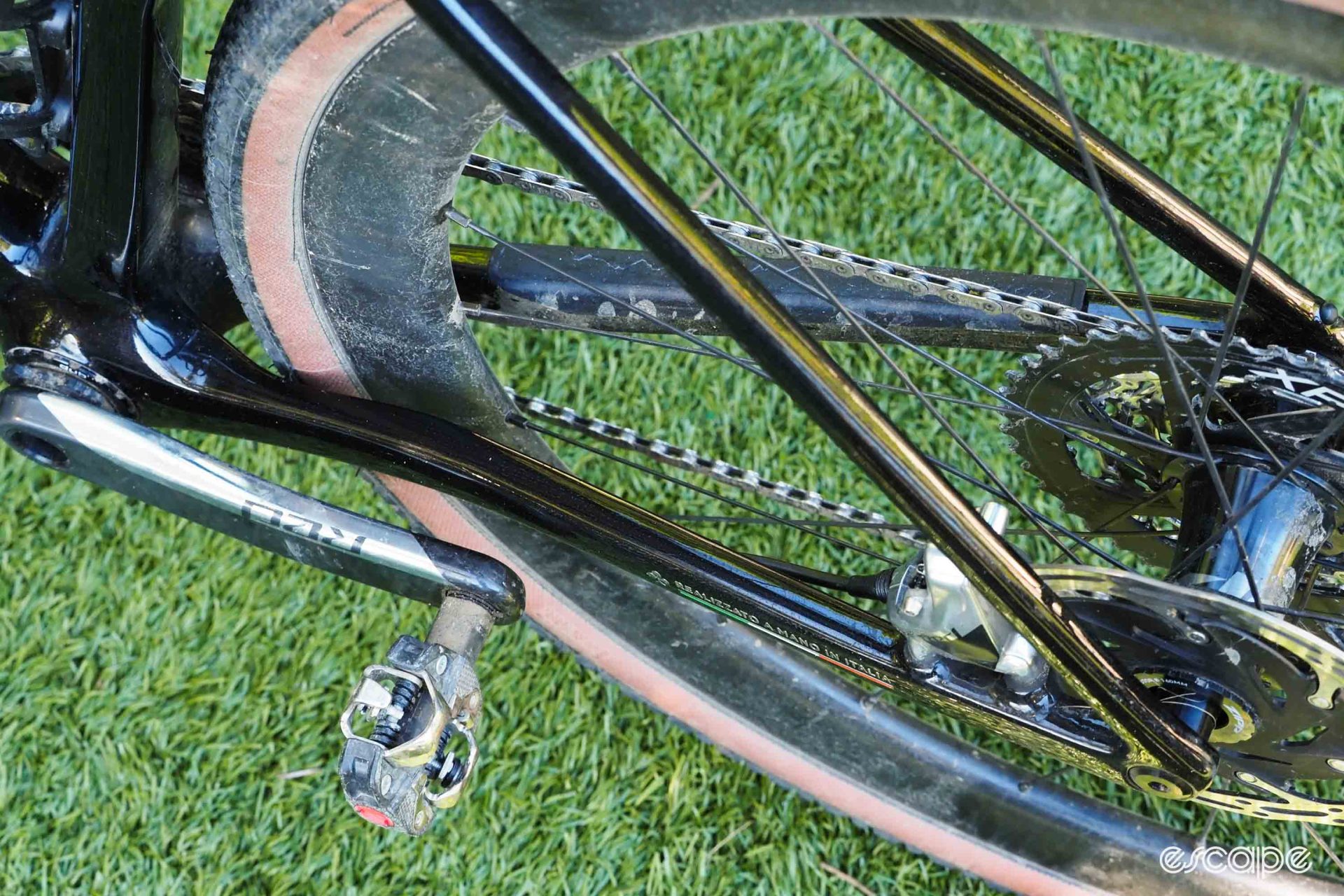
But is that a smart move long-term? After all, while the one-percenters can reliably afford to buy a Colnago, we’re still talking about a very small minority of the population. Doesn’t that inherently limit the company’s growth potential? On paper, sure, but it seems Colnago is open to exploring where that ceiling lies in the meantime.
“Yeah, there is a limit on this mission,” Rosin continued. “We are exclusive; it’s a brand that is not for everybody. If we do things right, I think there is a space in the market for a successful, high-end, drop-bar brand. Probably, yeah, there is a roof we will arrive one day where we cannot grow over. But there is still a lot of space.”
Naturally, no brand – not even Colnago – can expect to continue that sort of growth rate with a stagnant model range; that’s just not how things work. But Colnago says it’s already been working on that, and while we don’t have specific information just yet, the current range – which even Colnago admits is quite limited at the moment – is apparently about to get substantially bigger.
“I think [it] will be successful because people that understand the Colnago brand will understand that we are doing the right thing,” said Colnago’s head of marketing, Manolo Bertocchi. “And plus, trust me, I cannot spoil everything, but there are a lot of things that are coming your way this year. I mean, you just saw the first with the C68 Gravel but [there is a lot of] new, cool stuff that we are working on. And we’re talking 2024.”
Am I personally bummed that the salad days of Colnagos still being within reach of folks with more average incomes are over? For sure.
But I’m also pretty darn intrigued about what’s to come.
More information can be found at www.colnago.com.
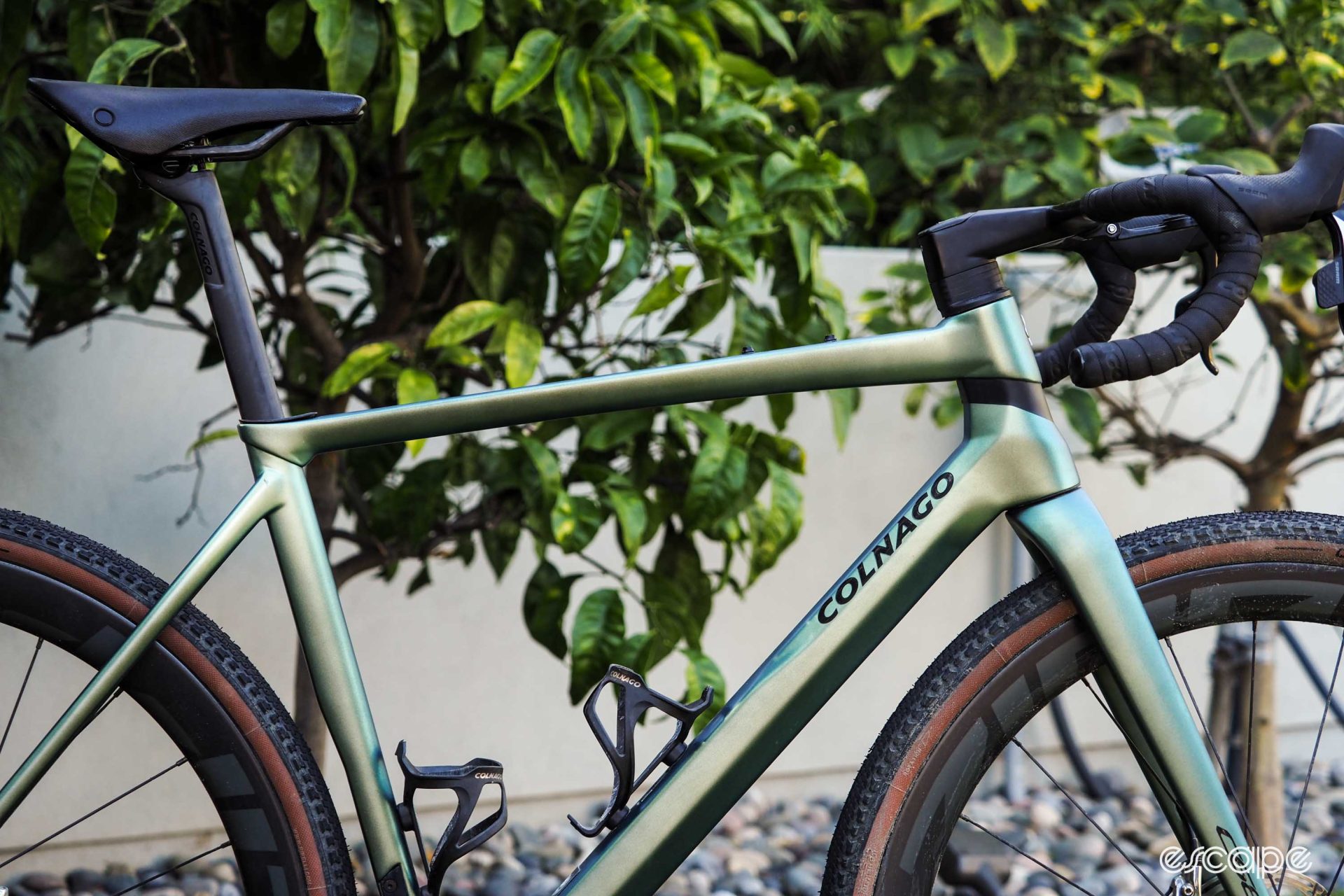
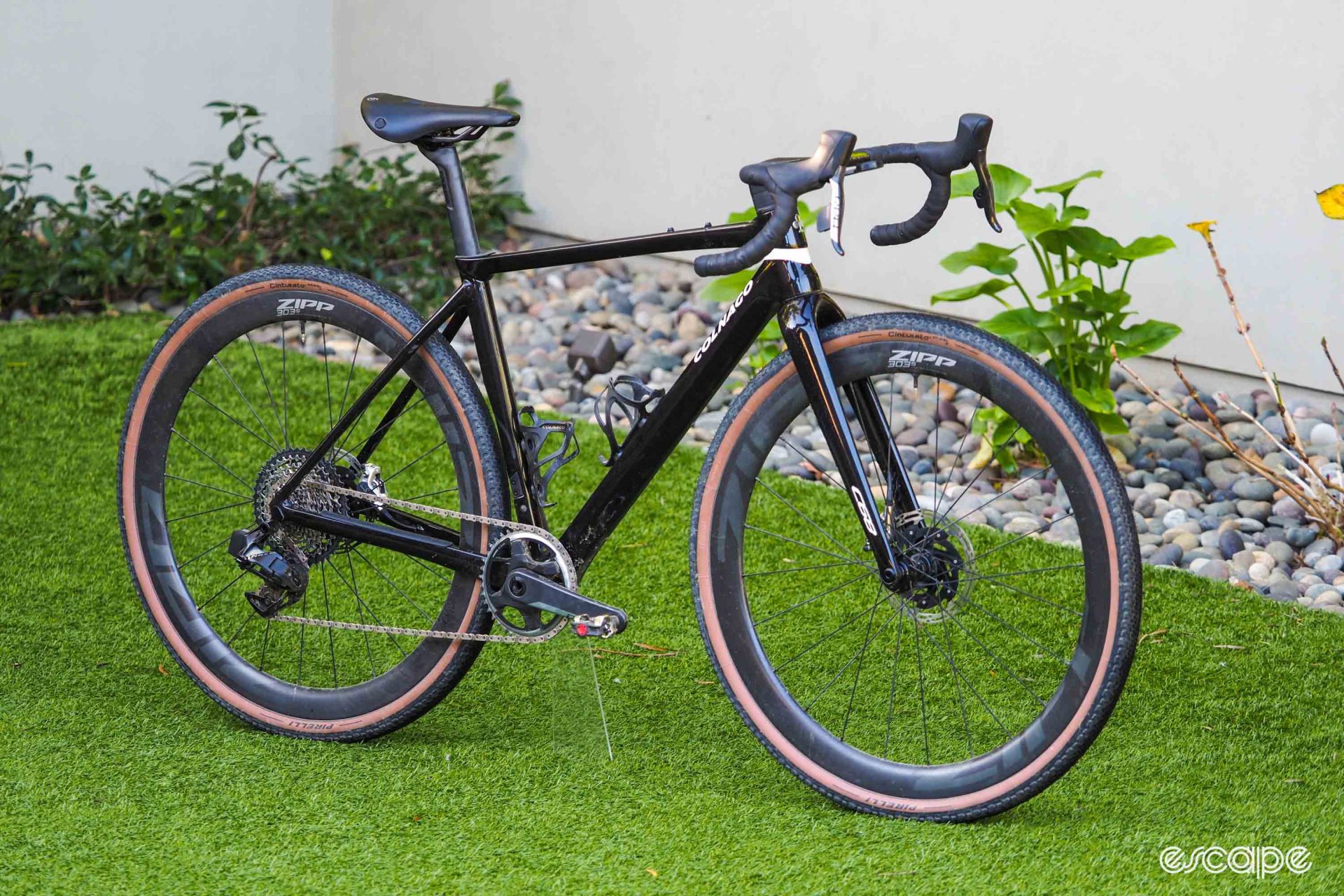

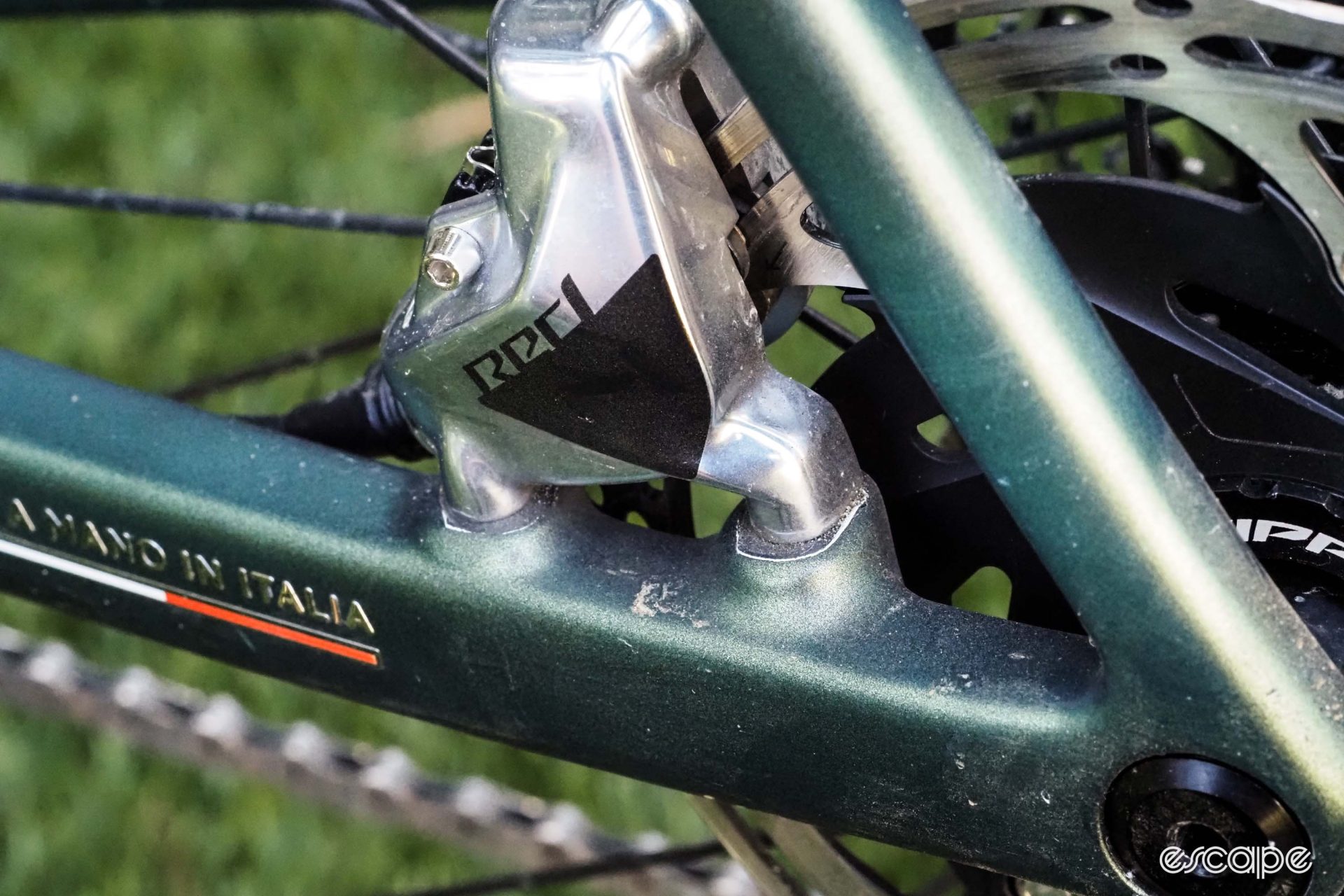

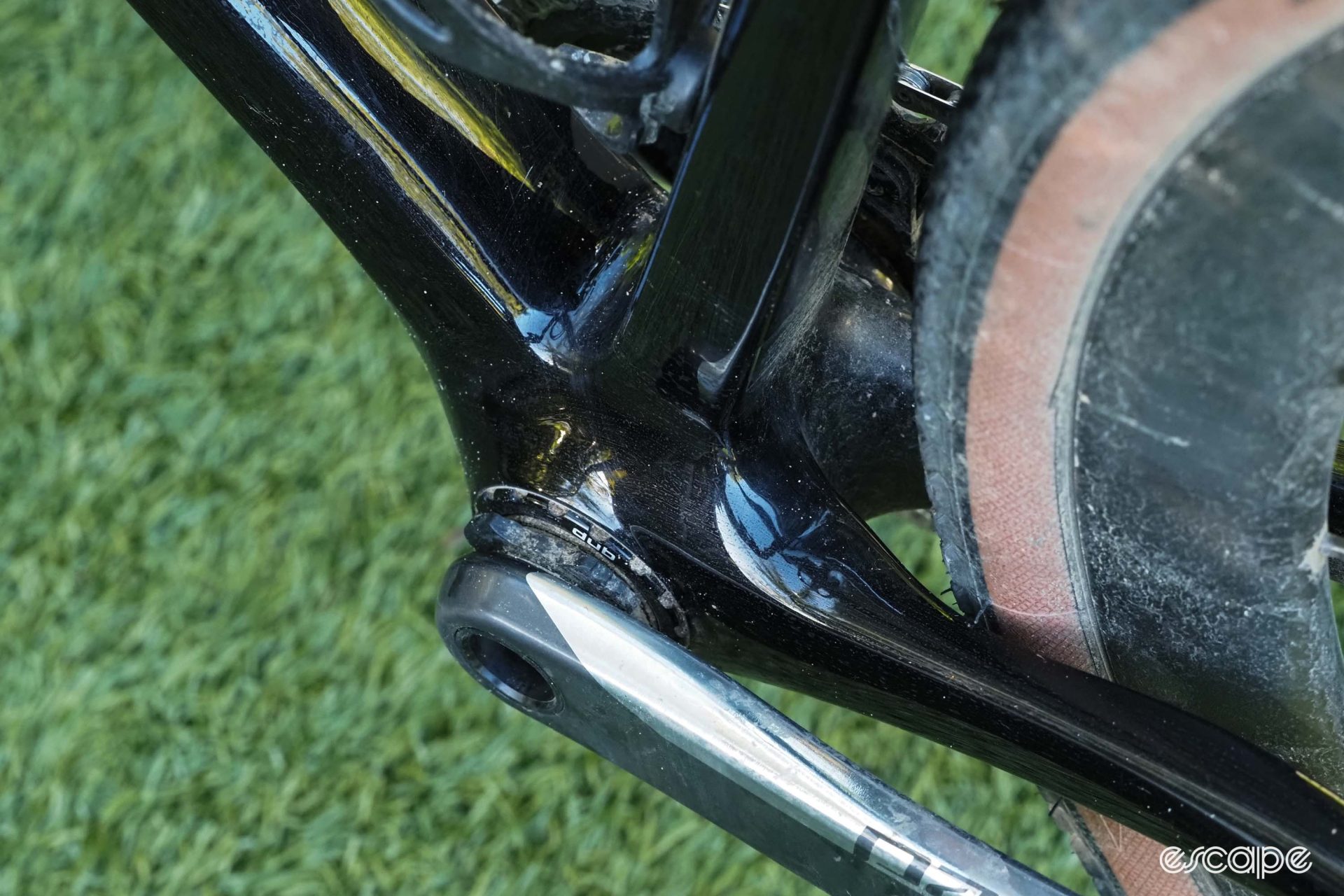
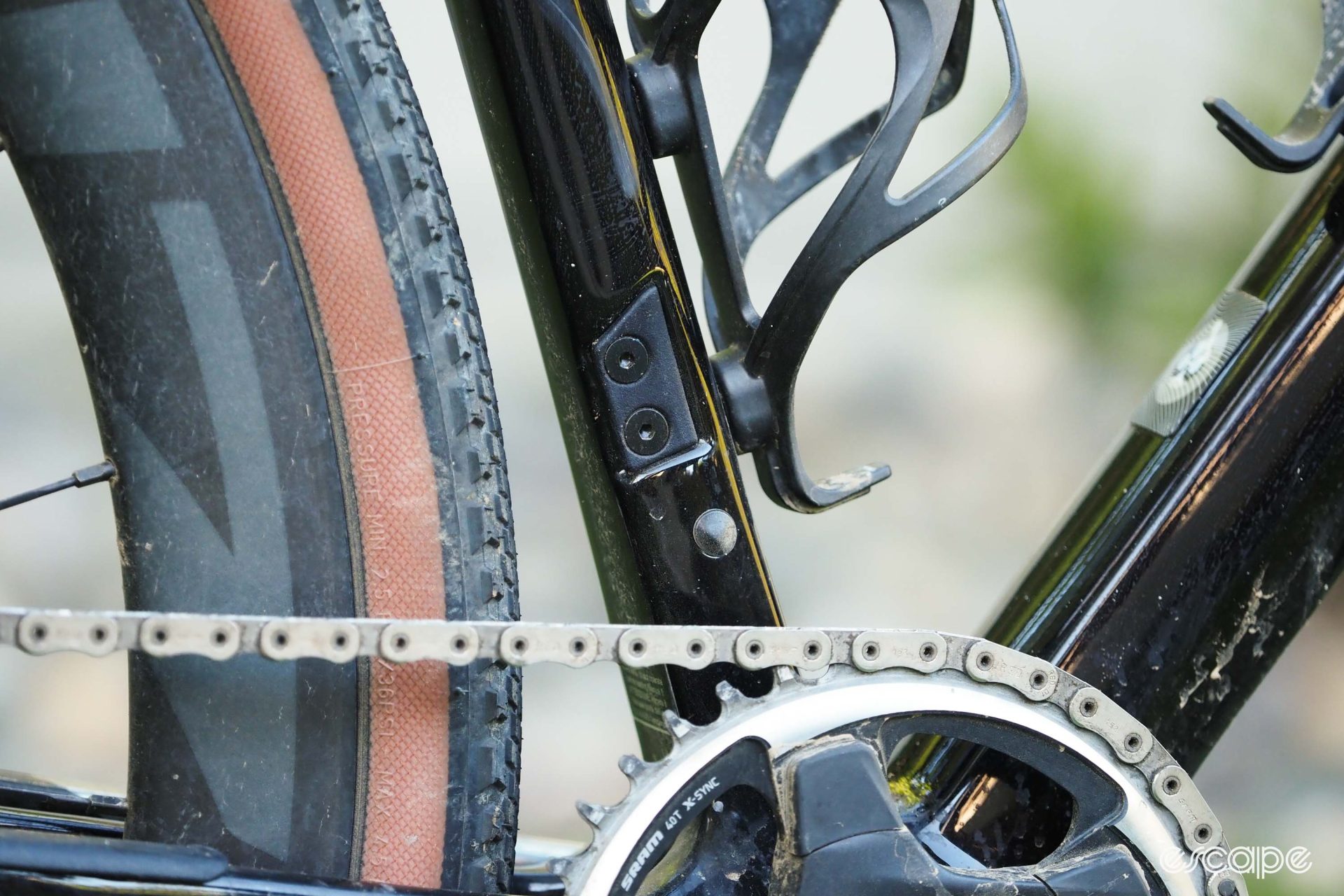
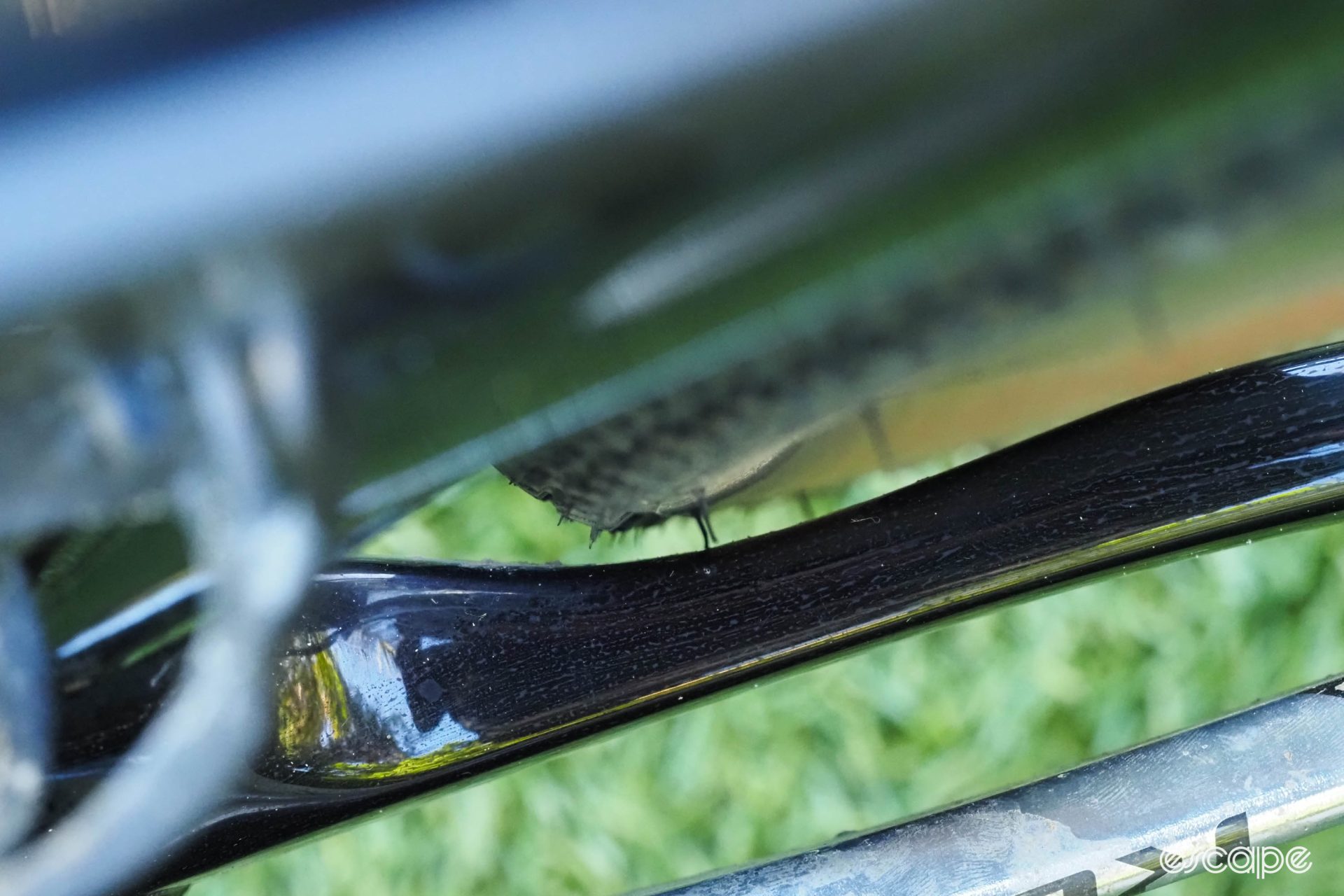
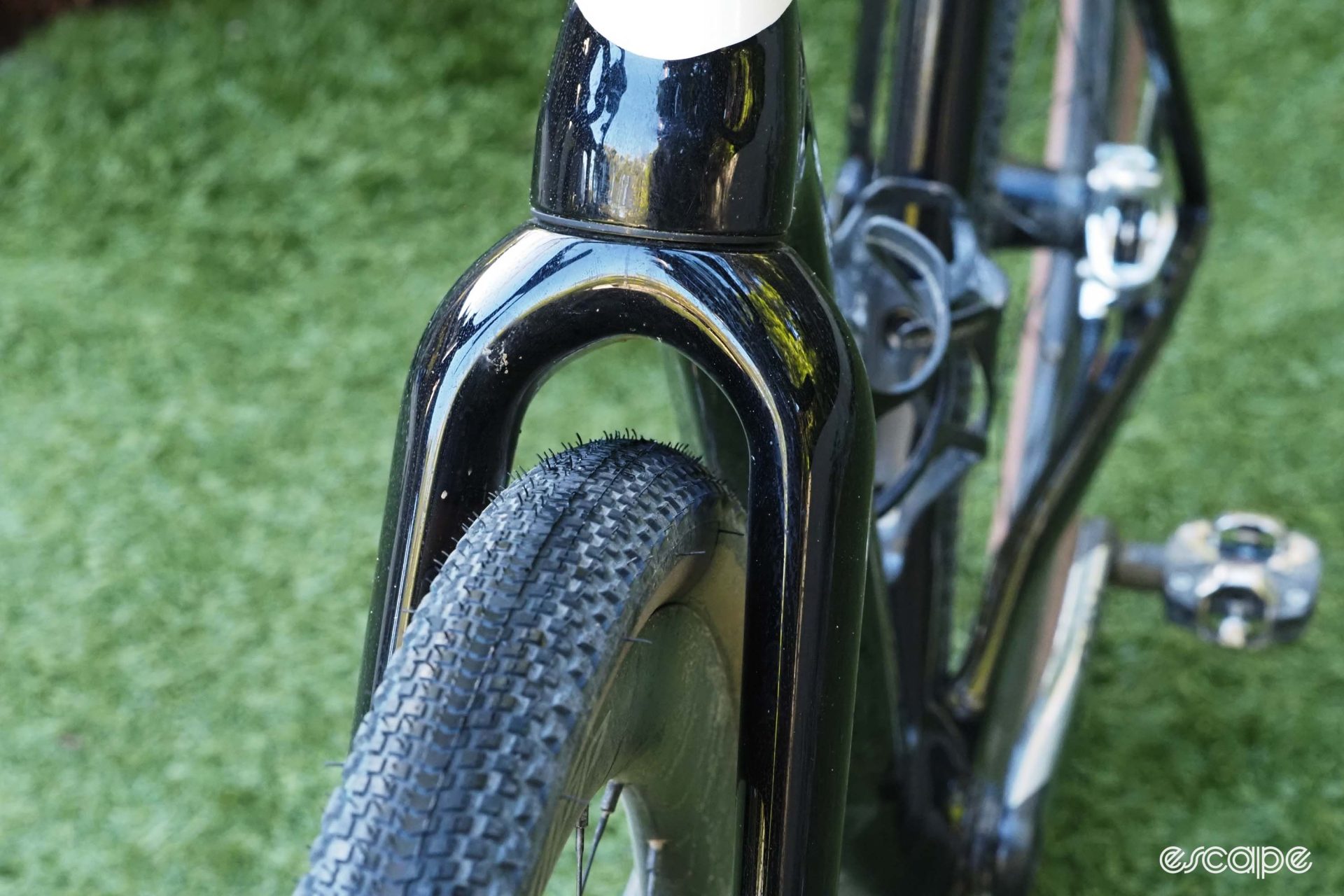
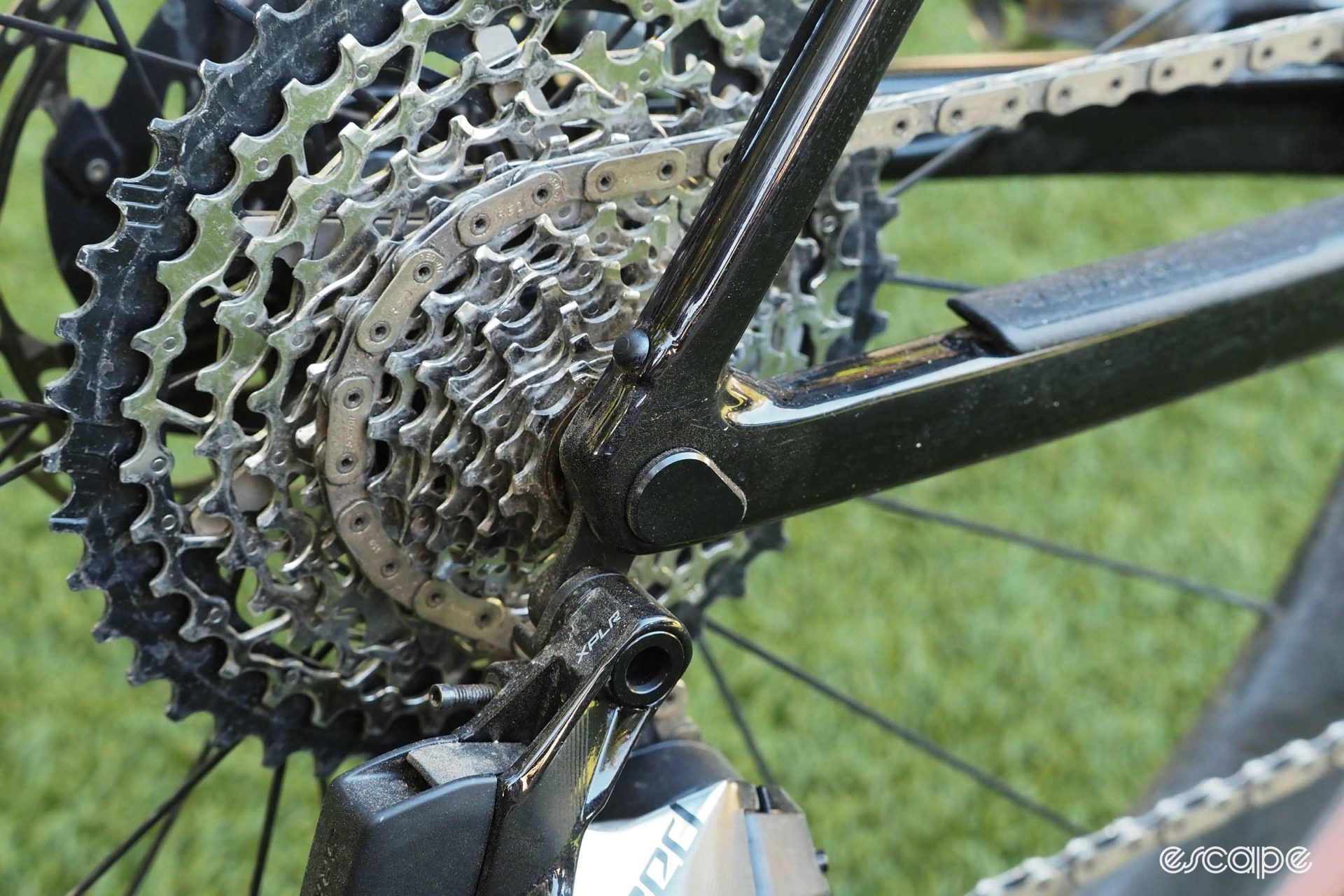


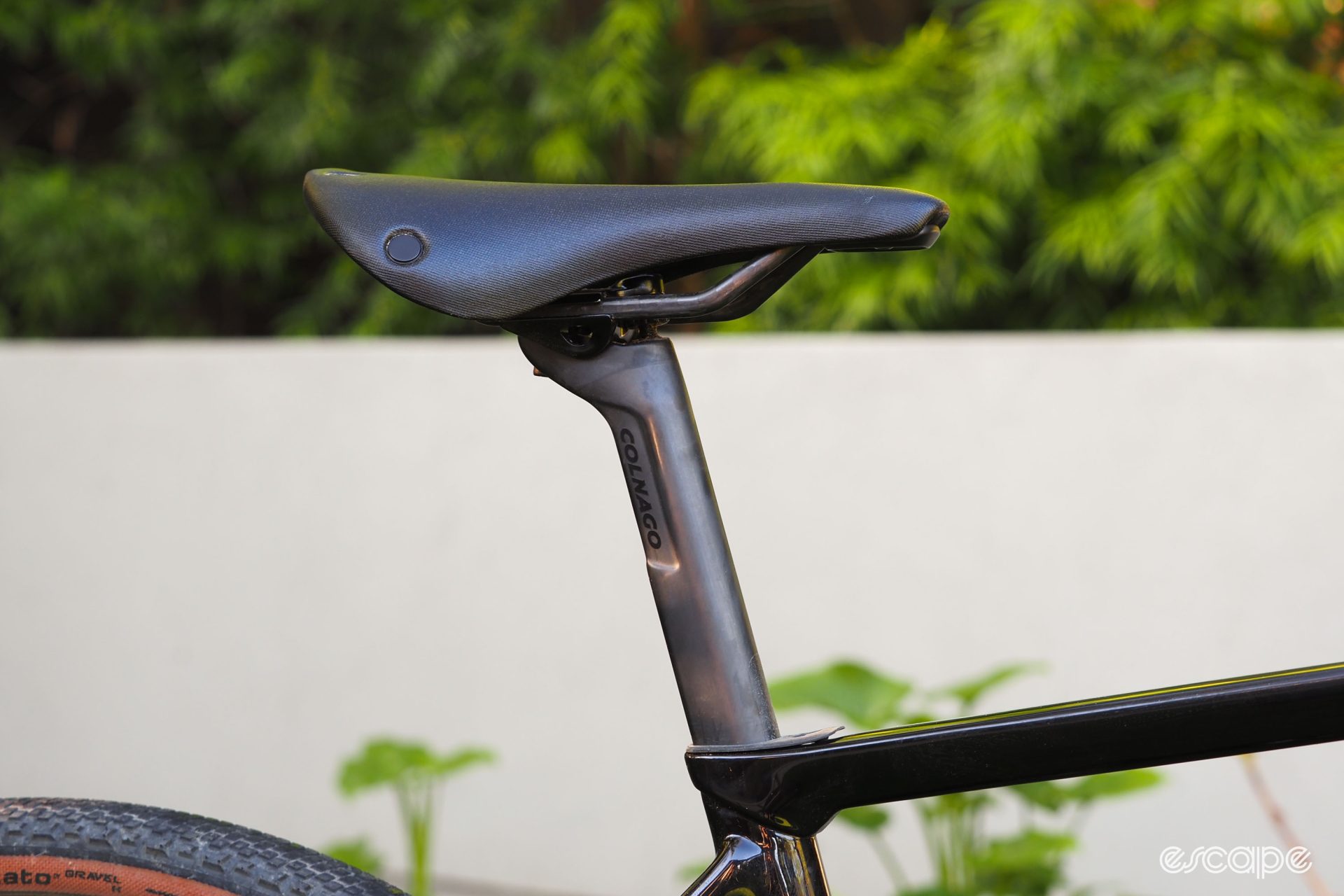



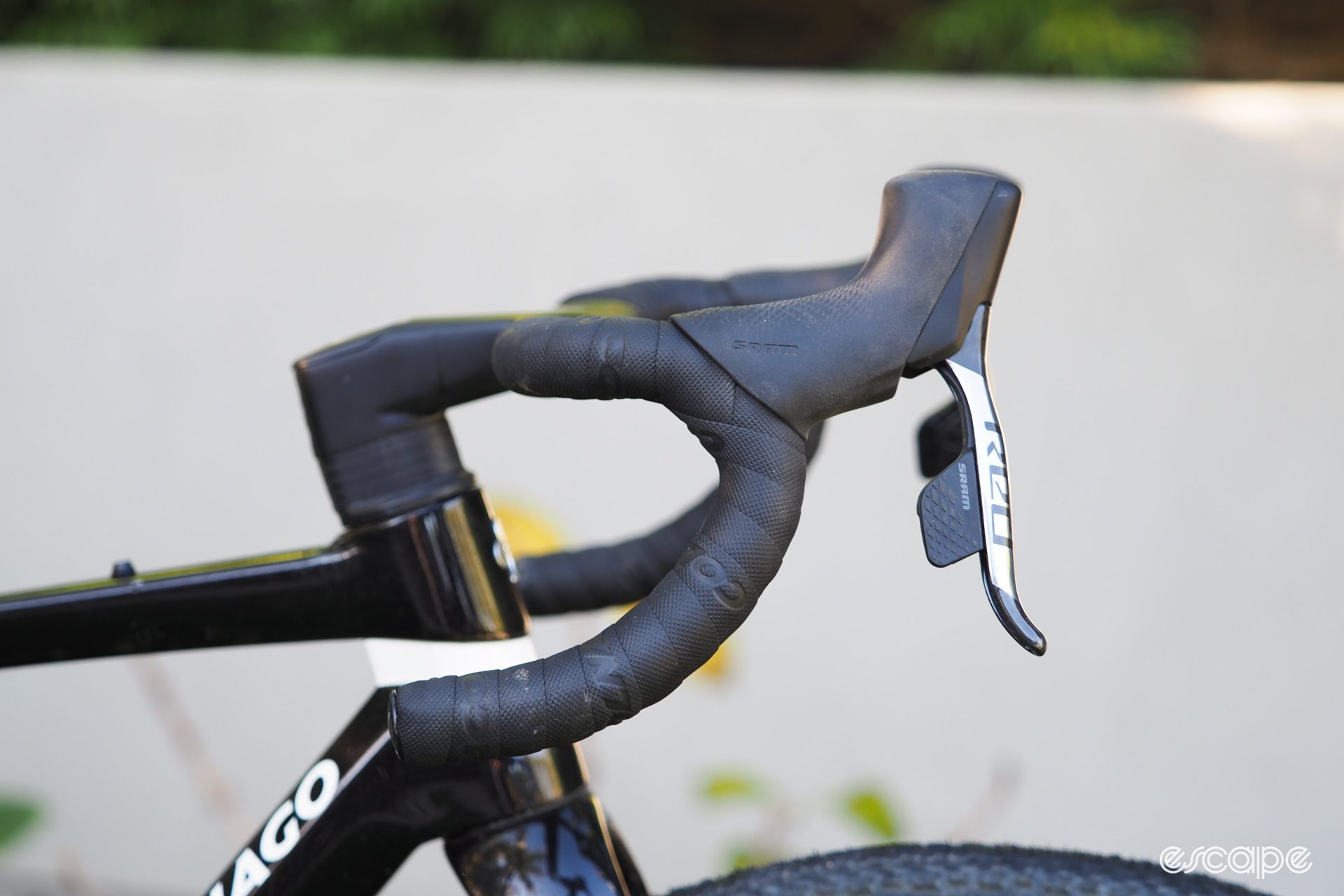
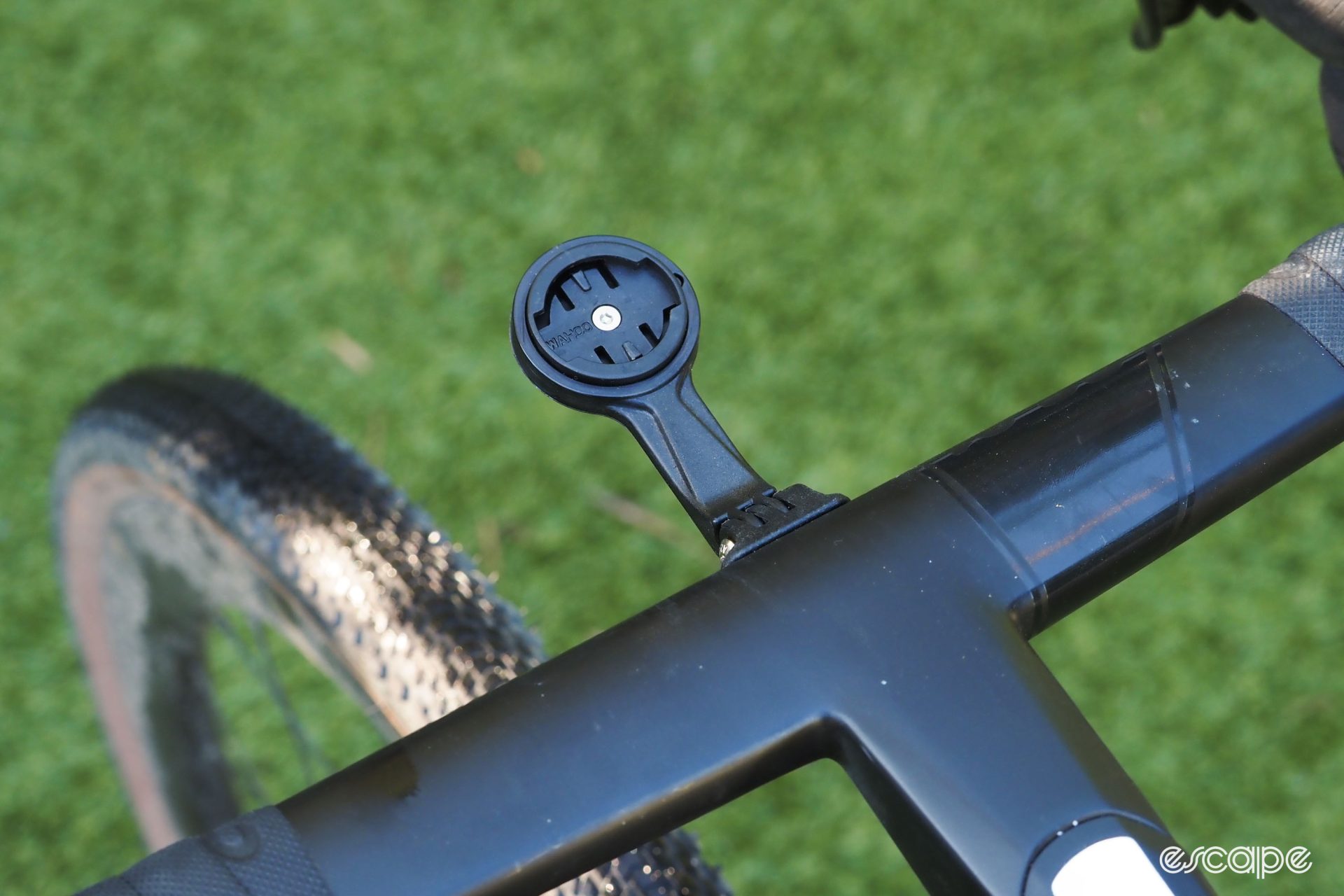

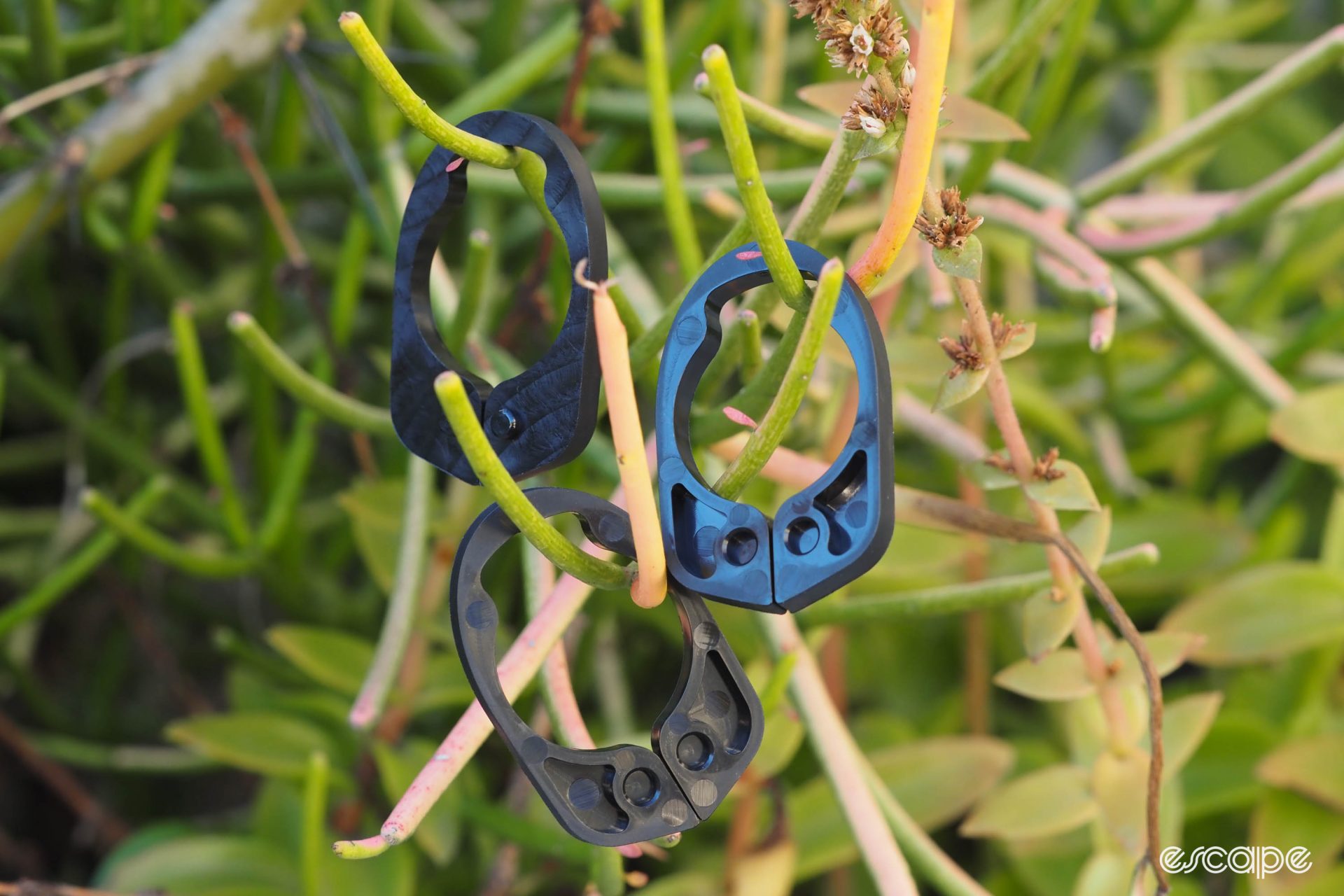
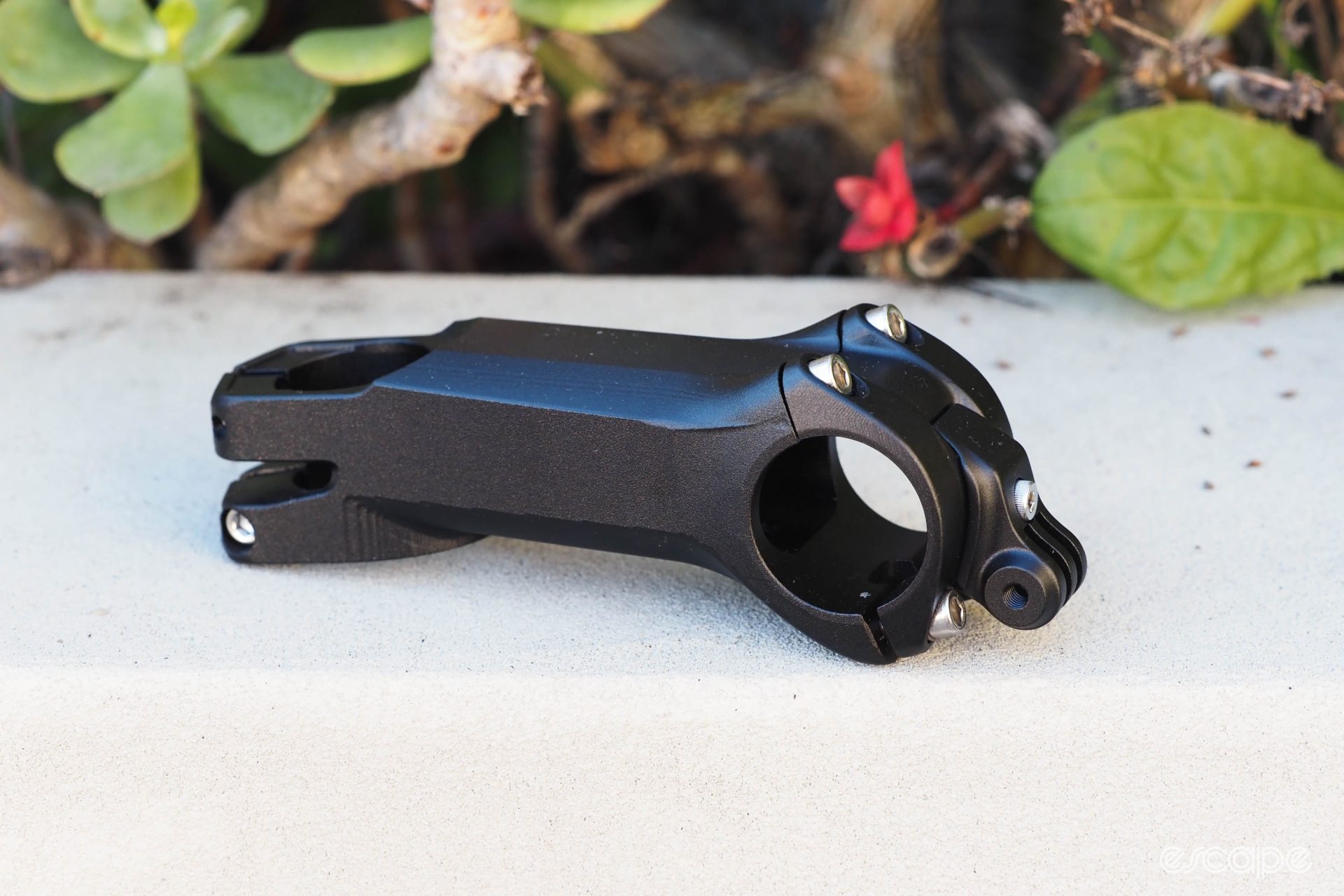
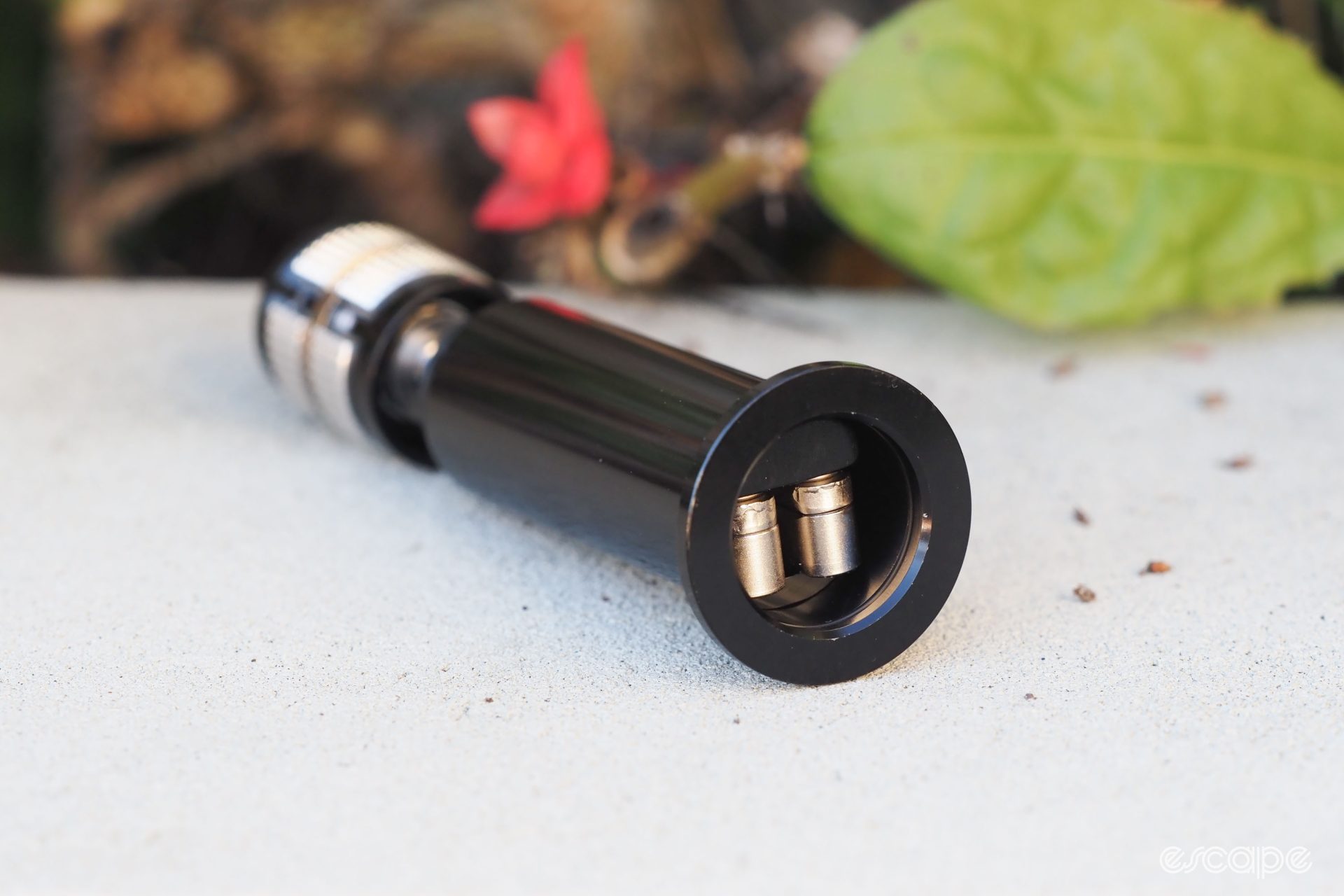
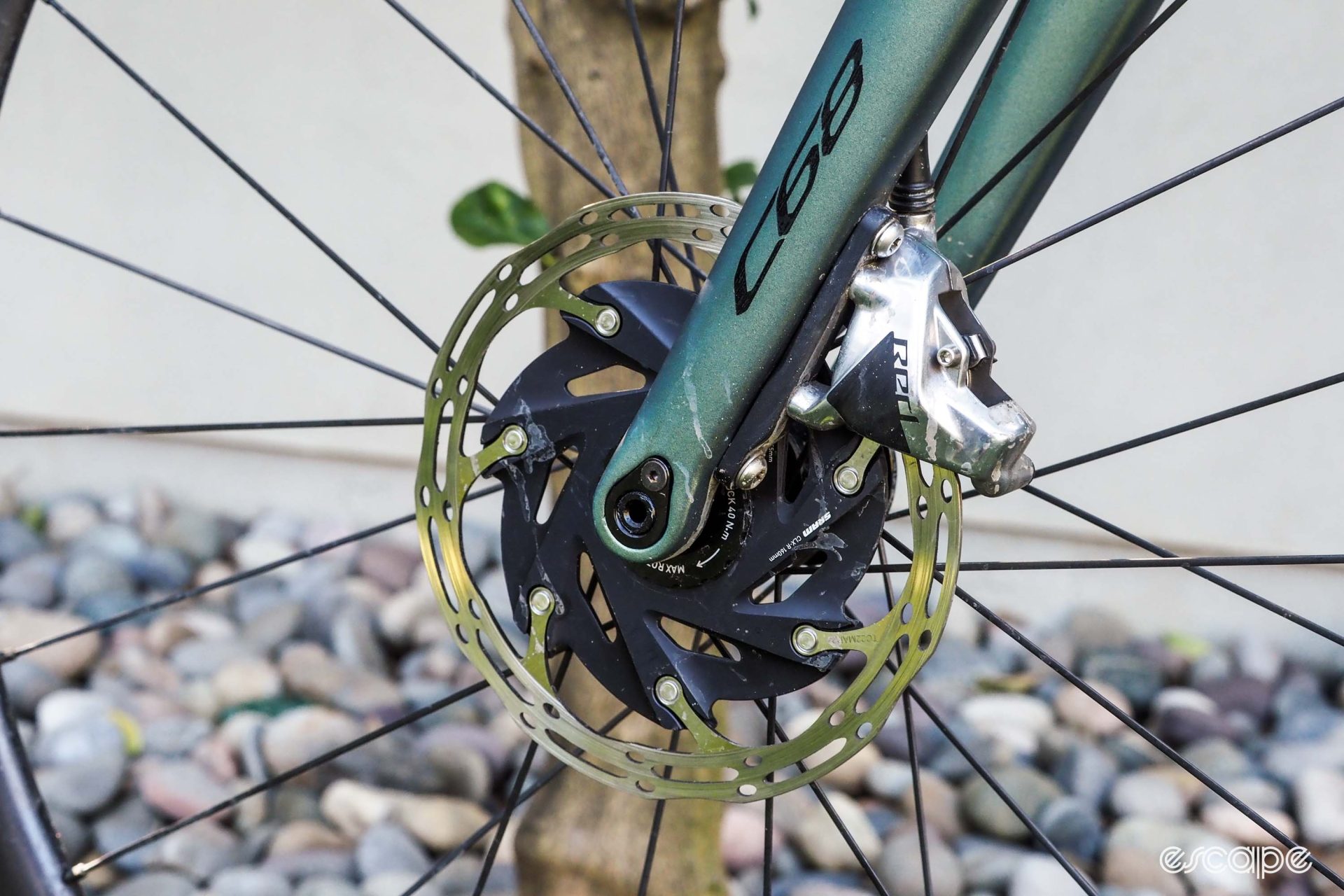

What did you think of this story?
